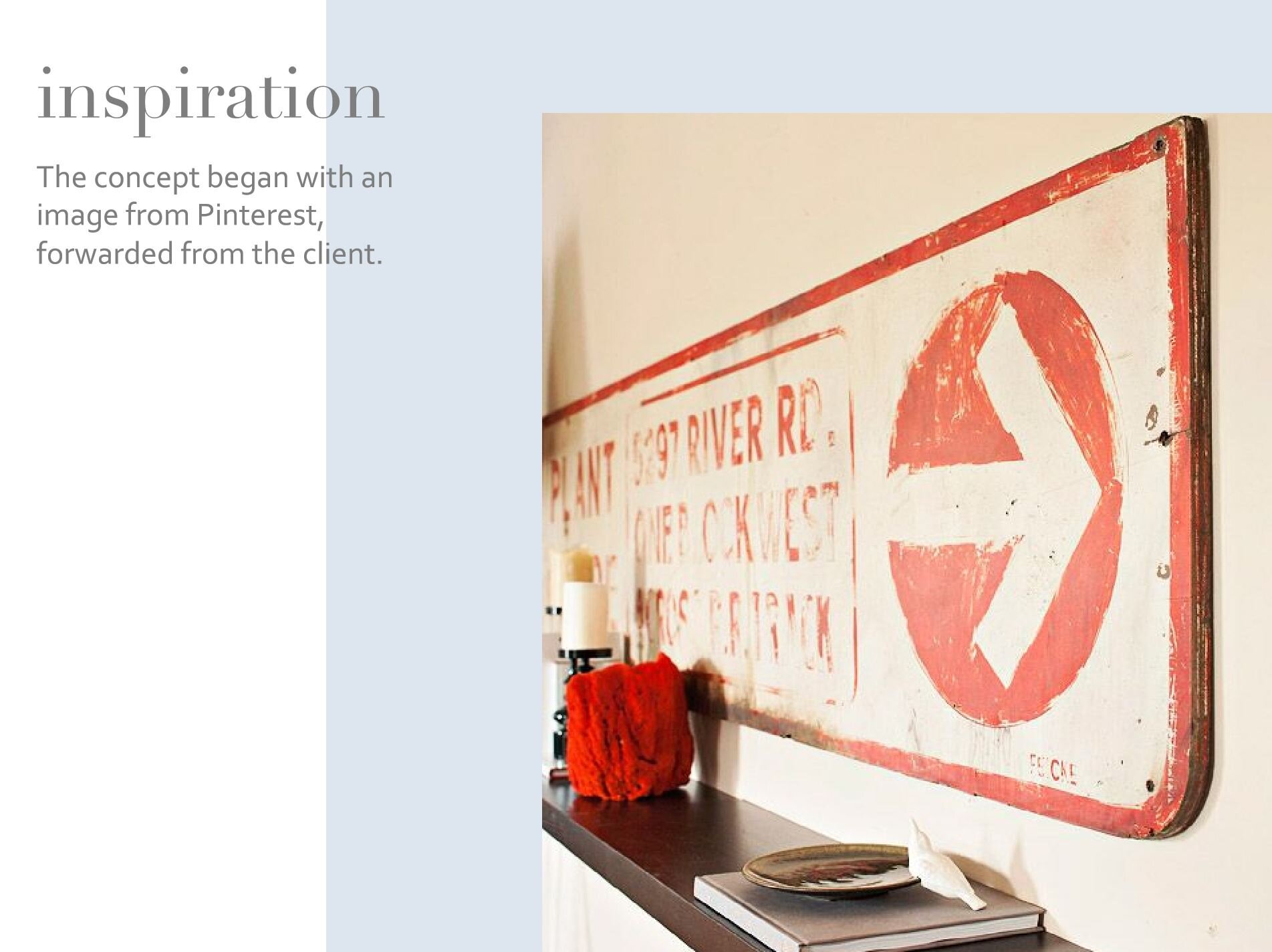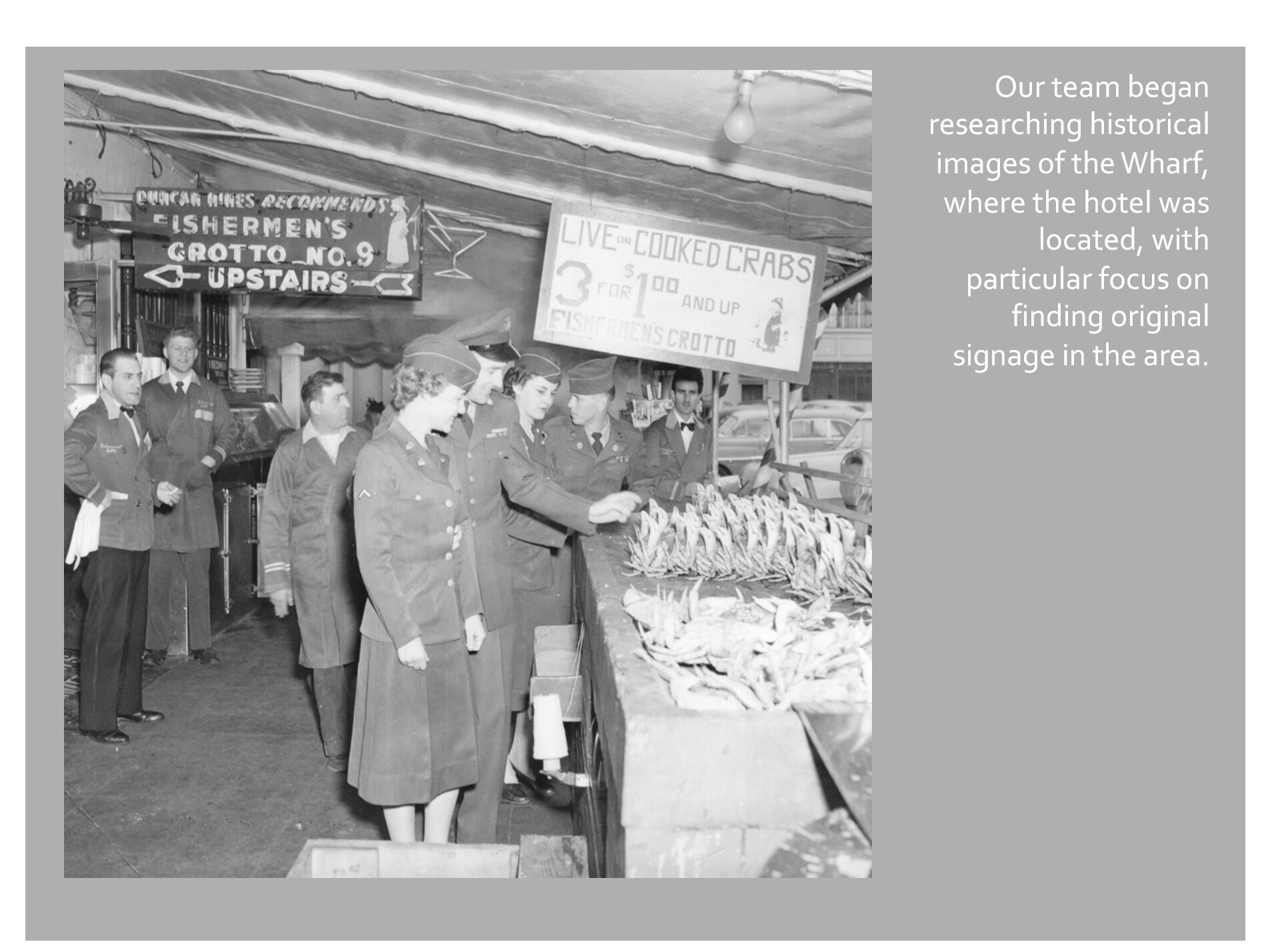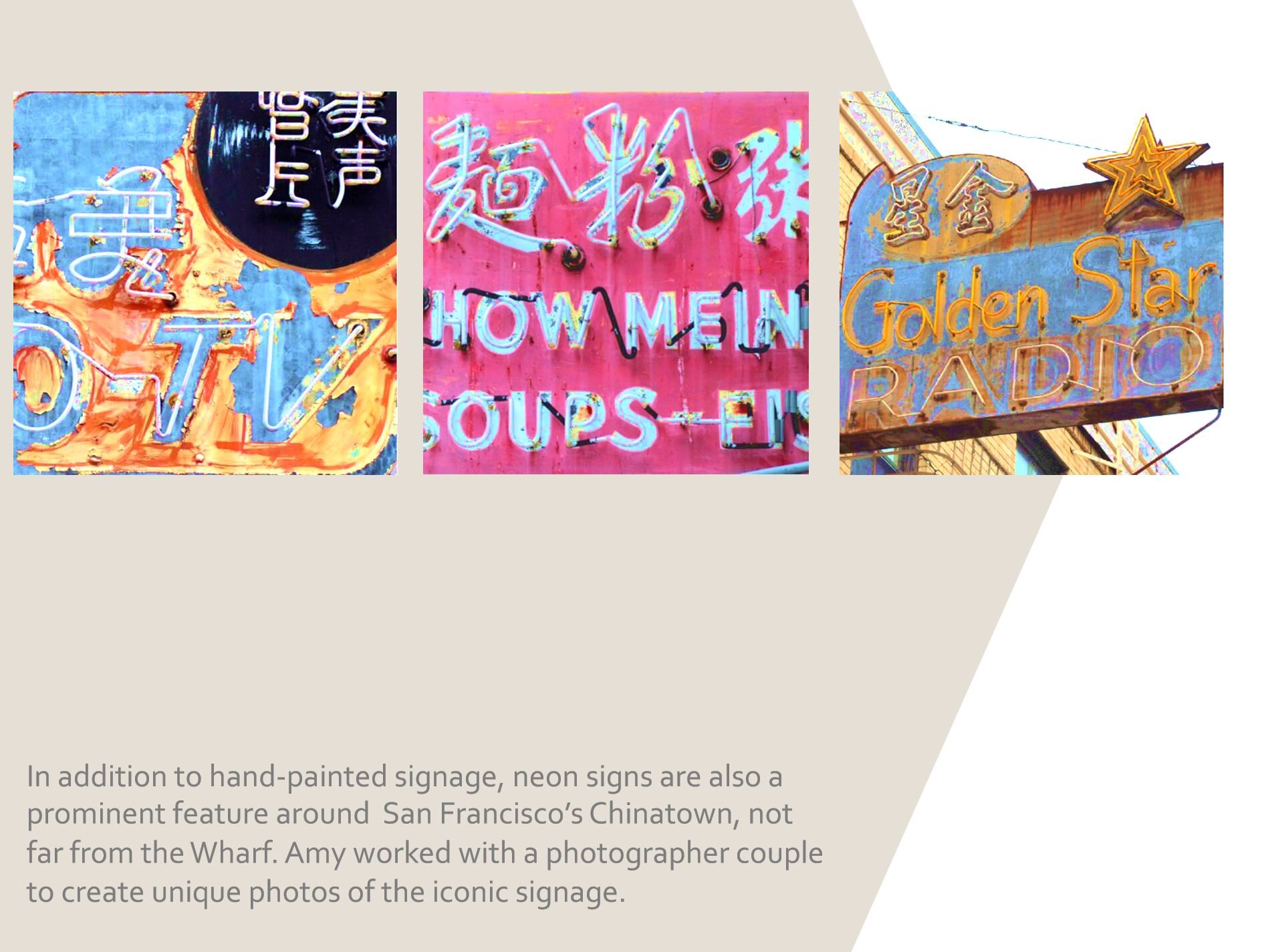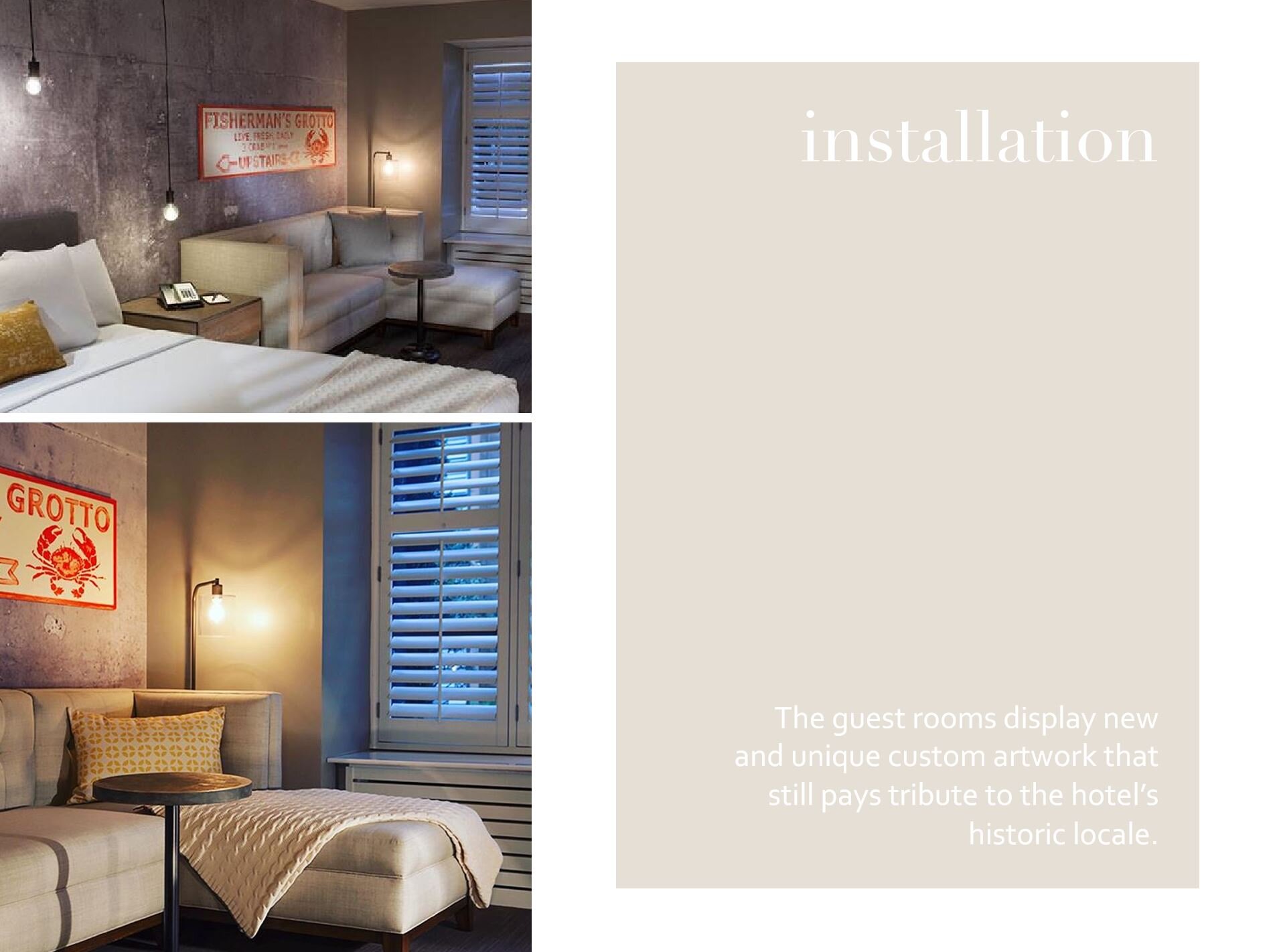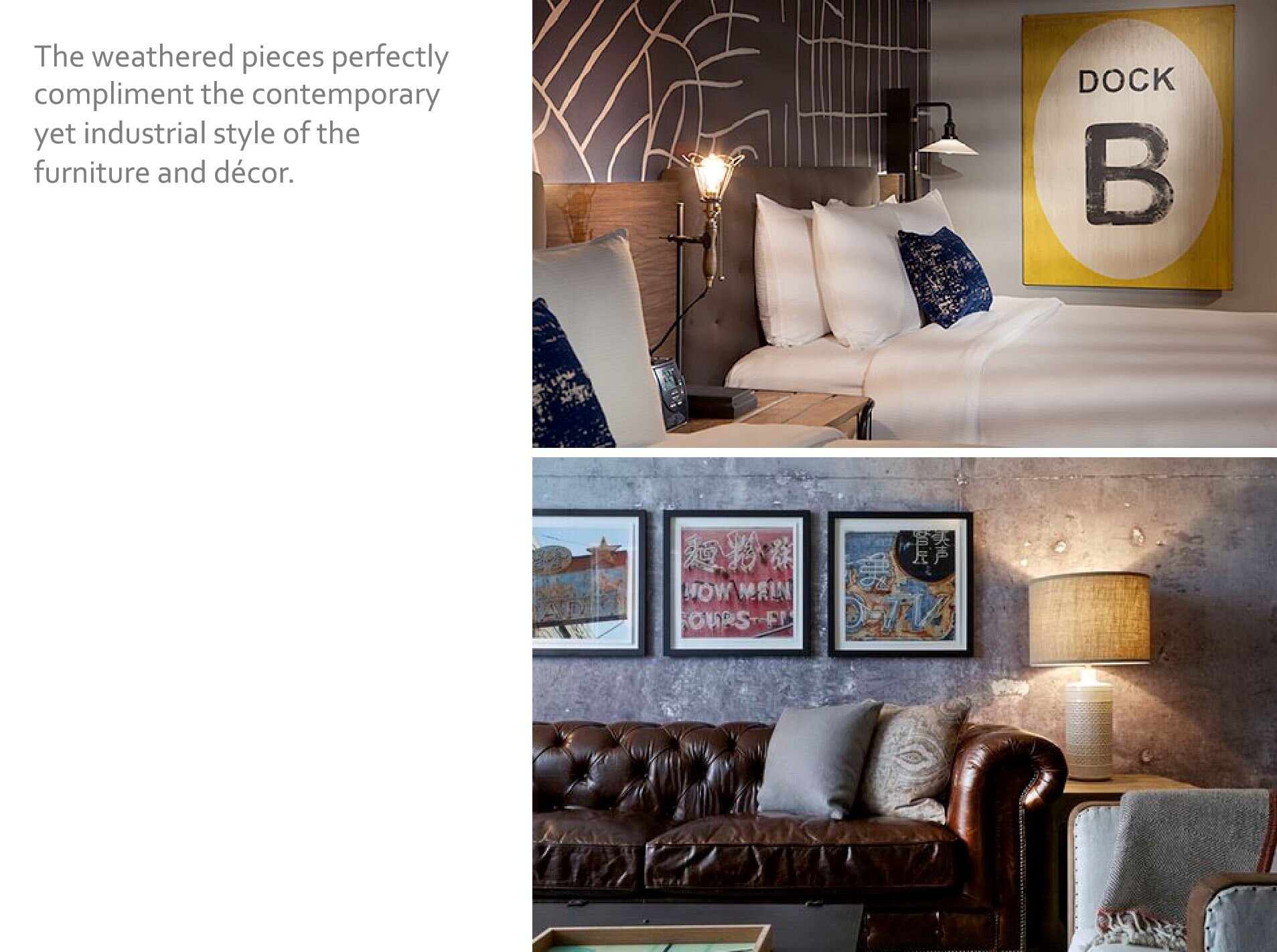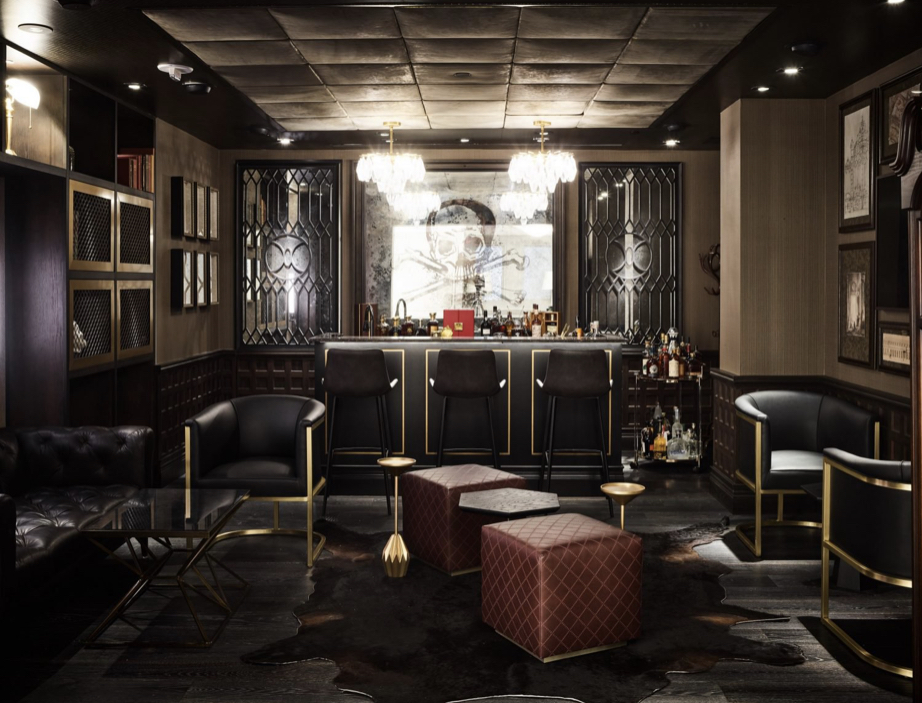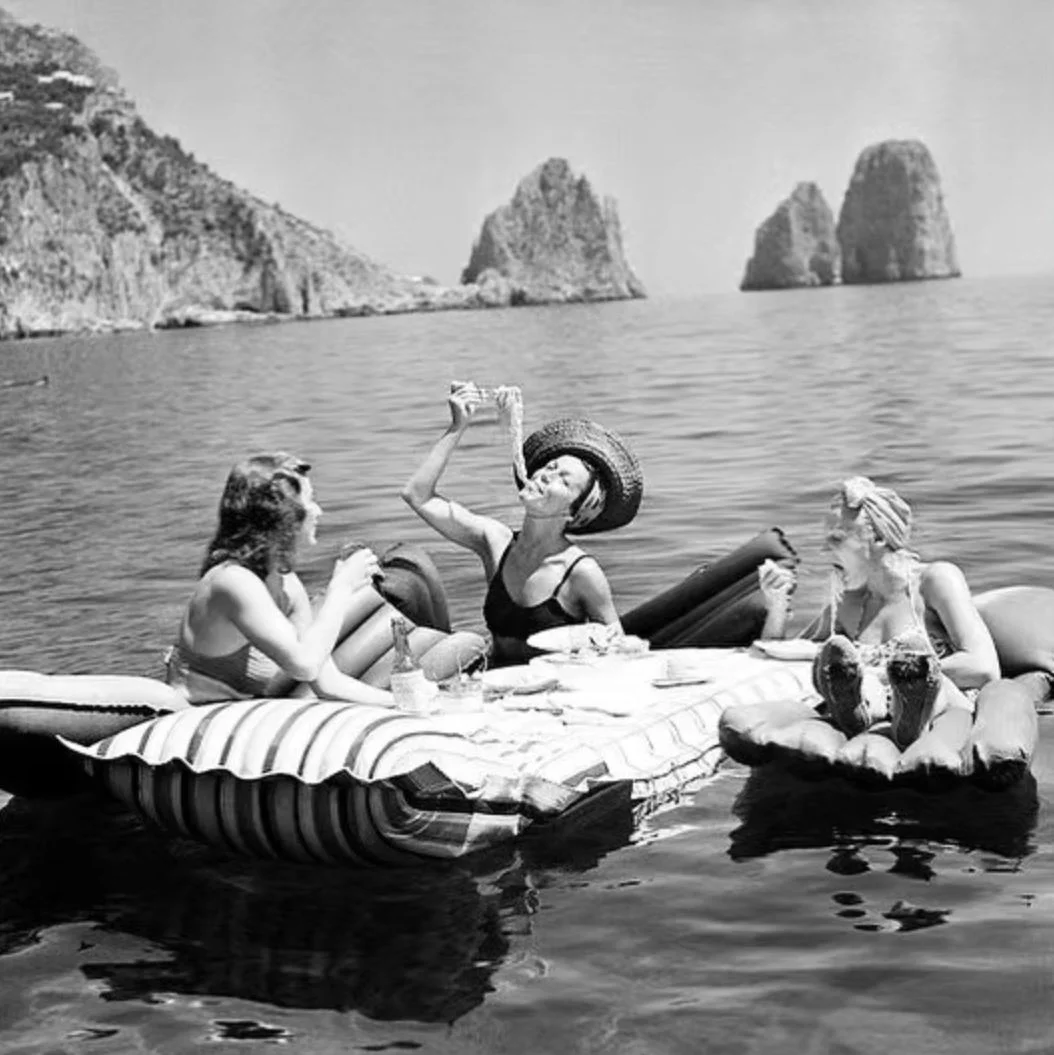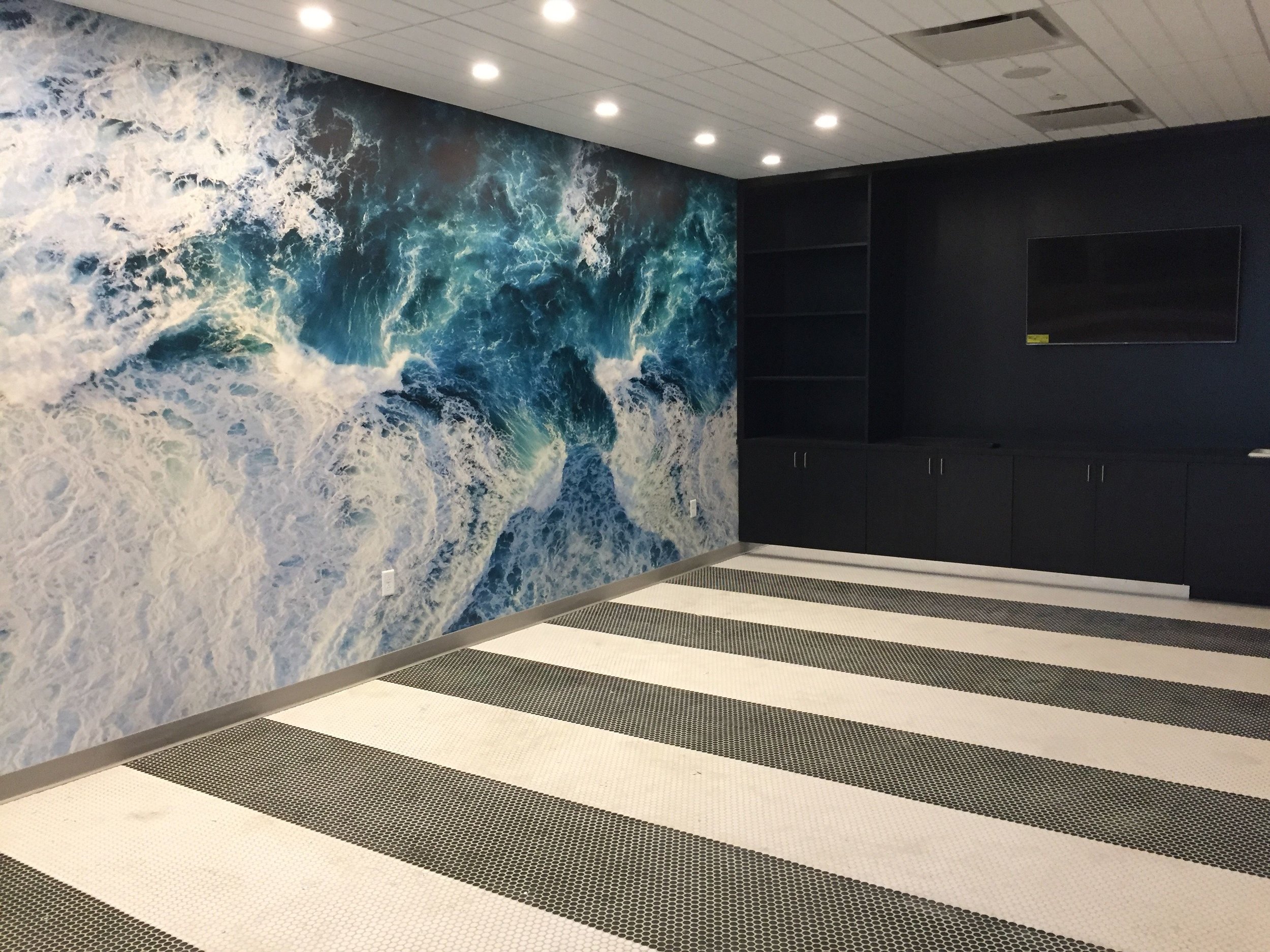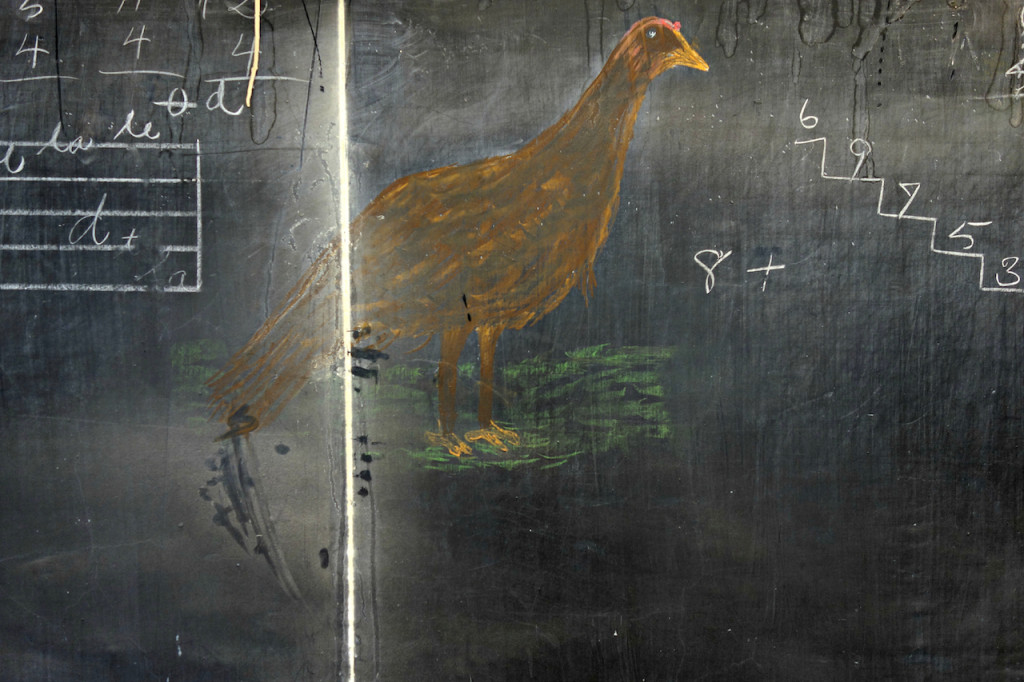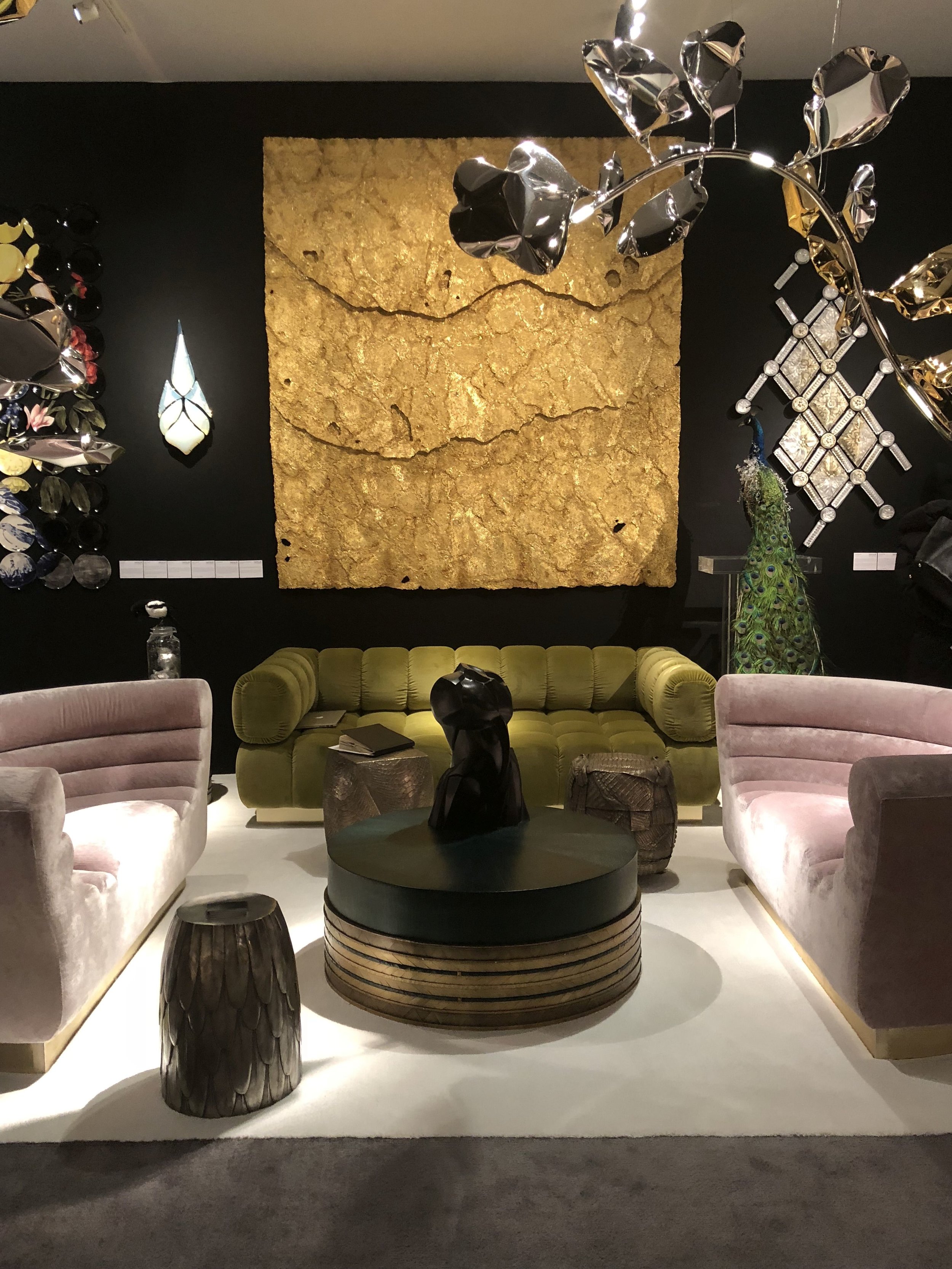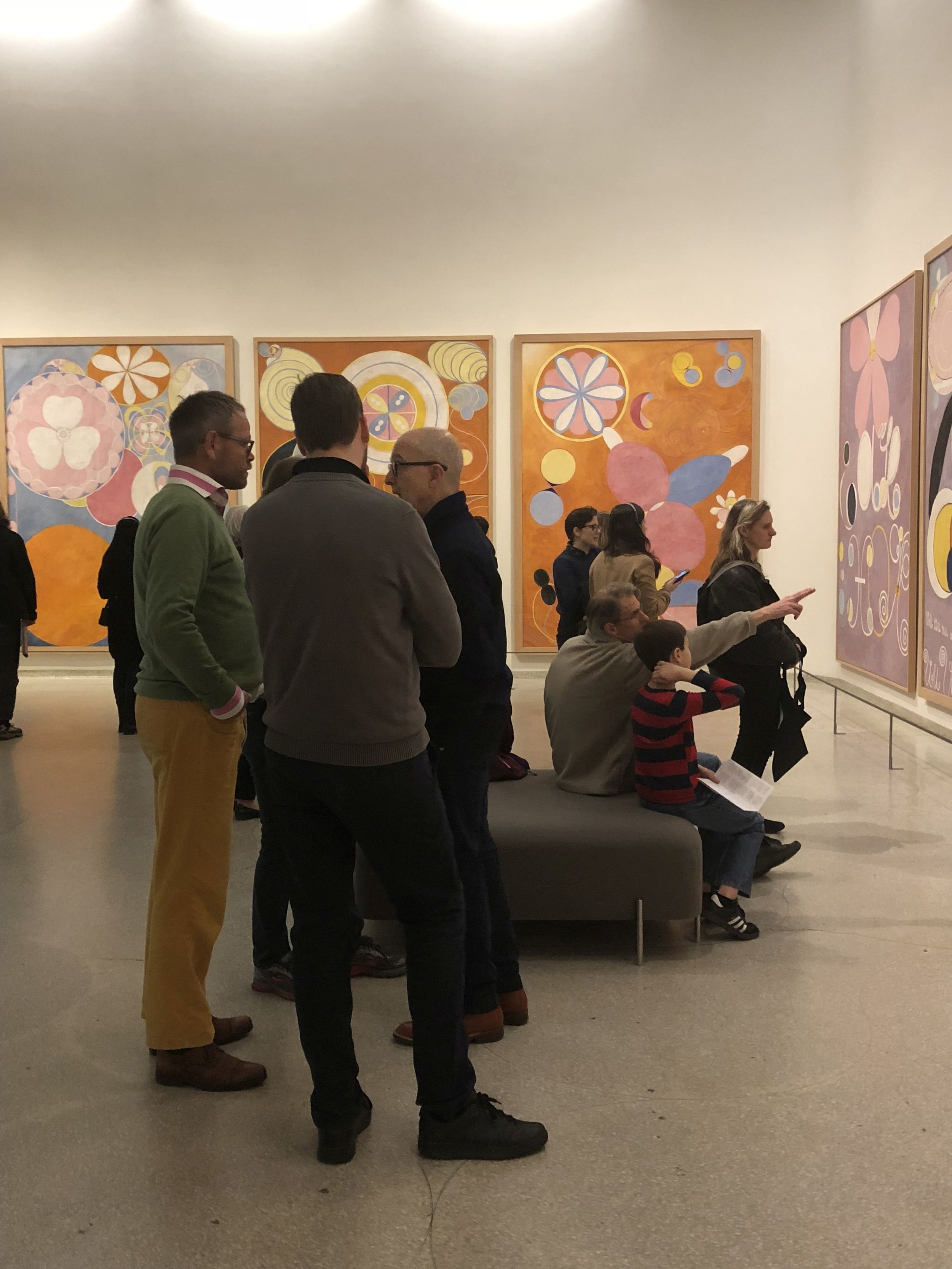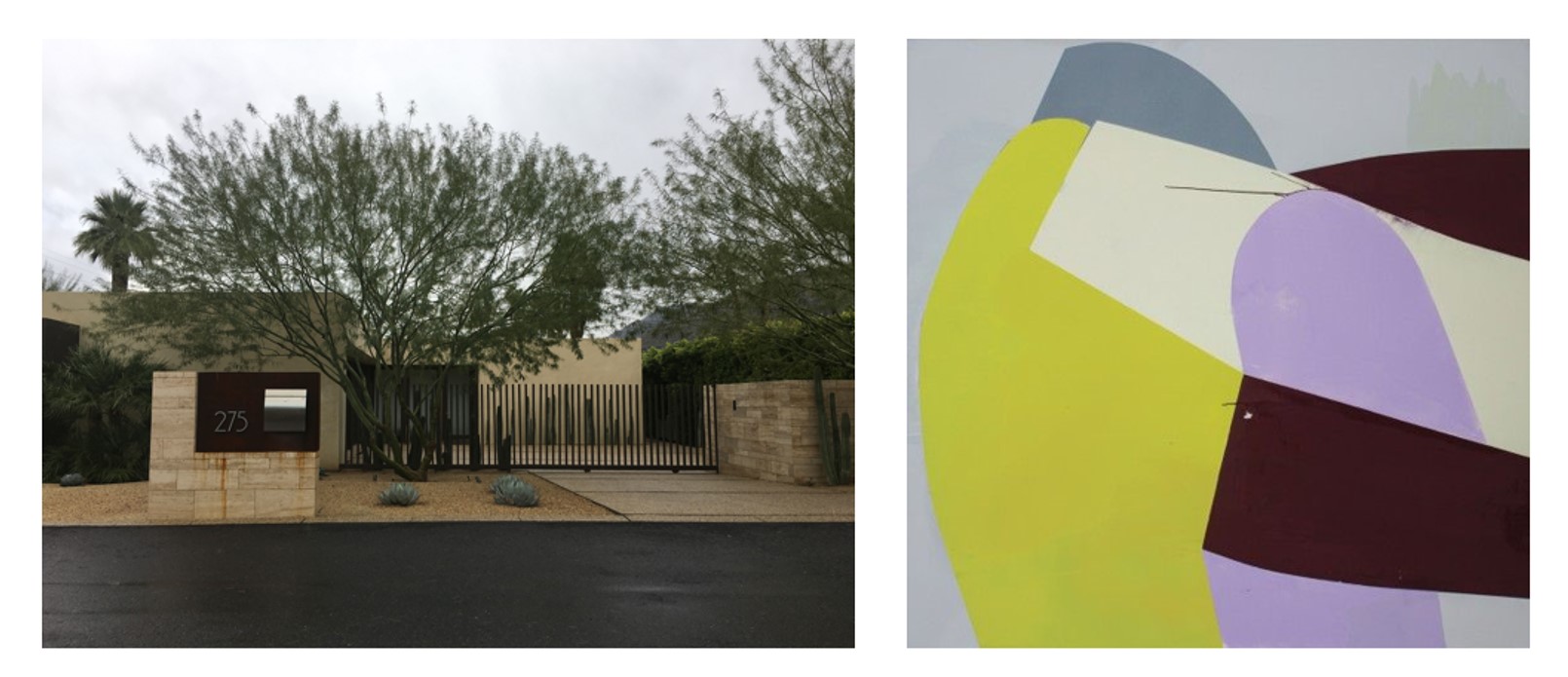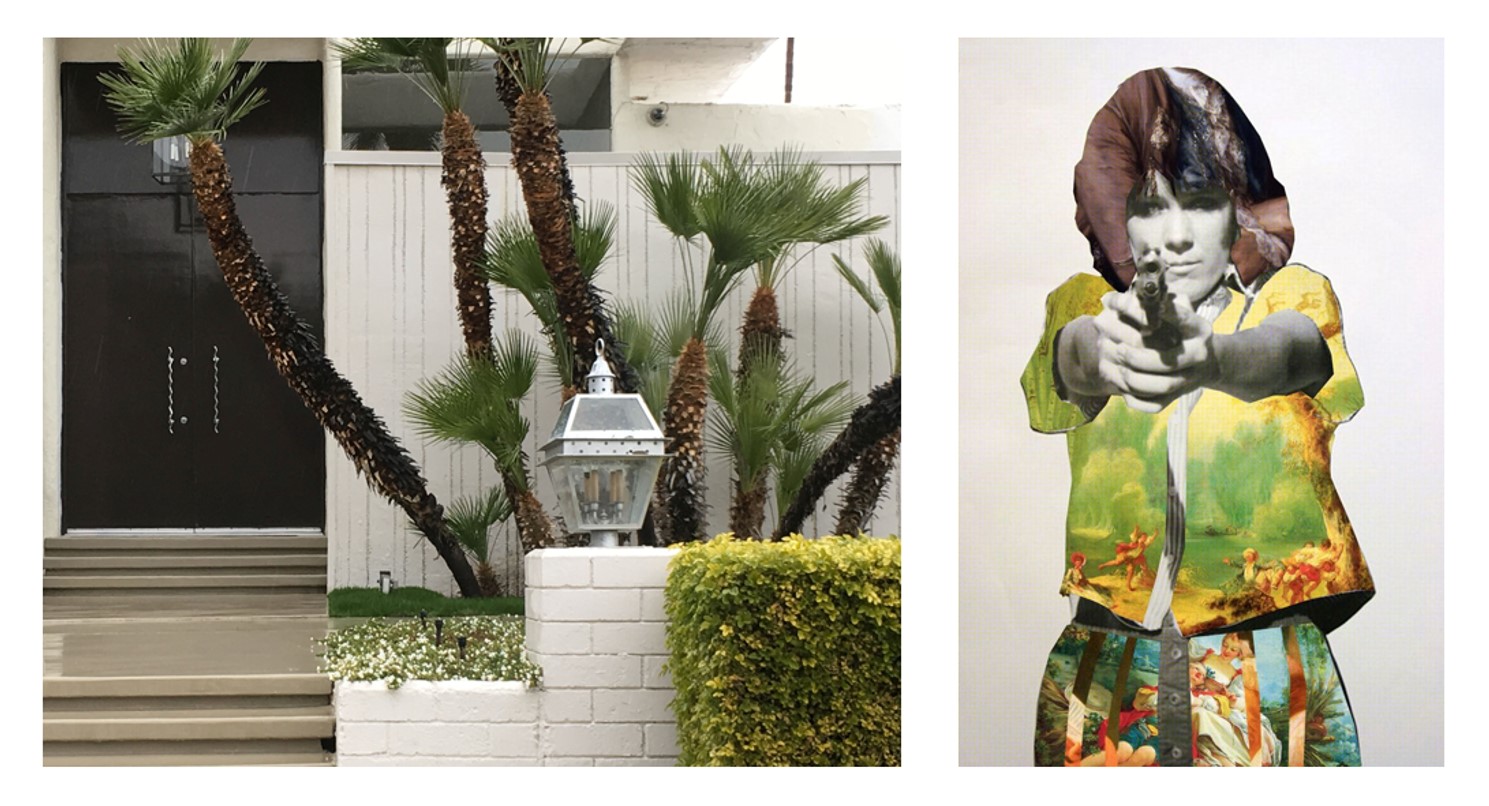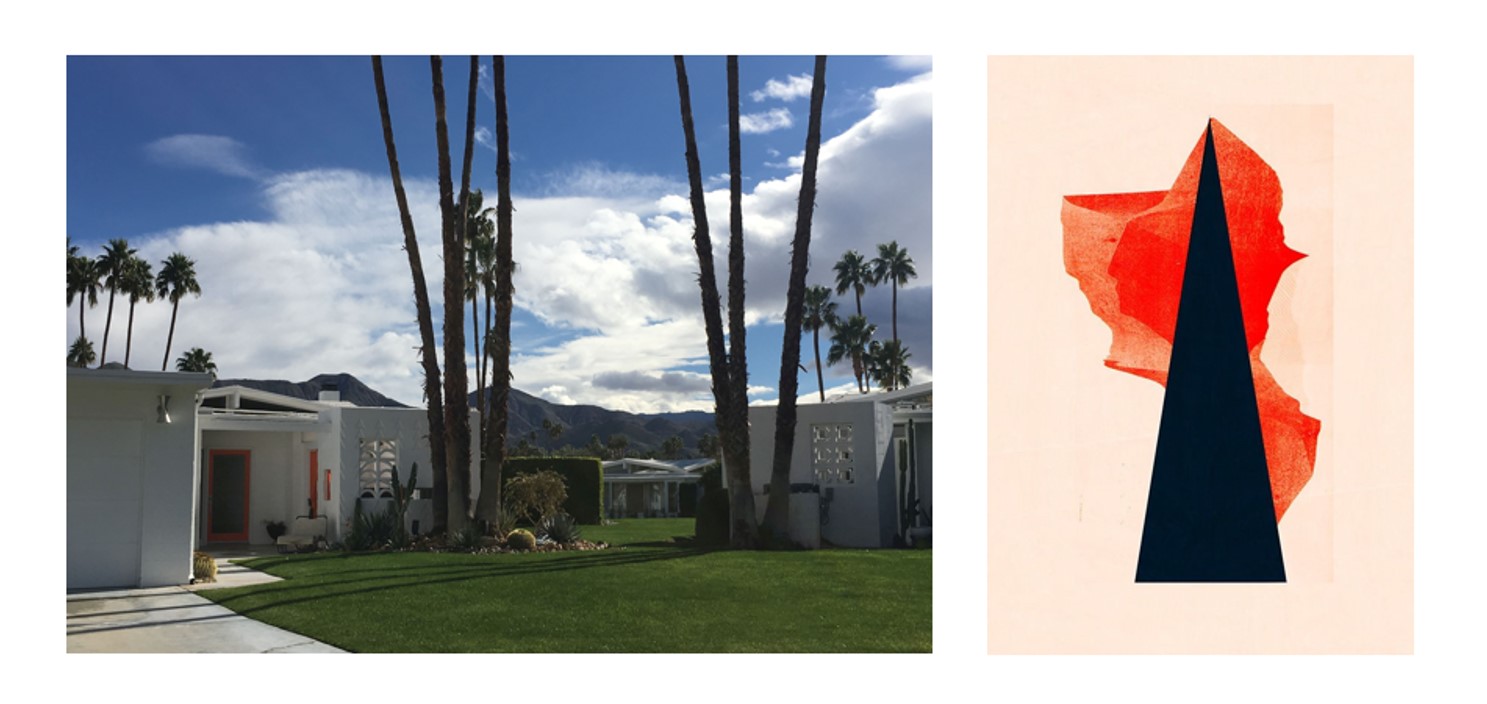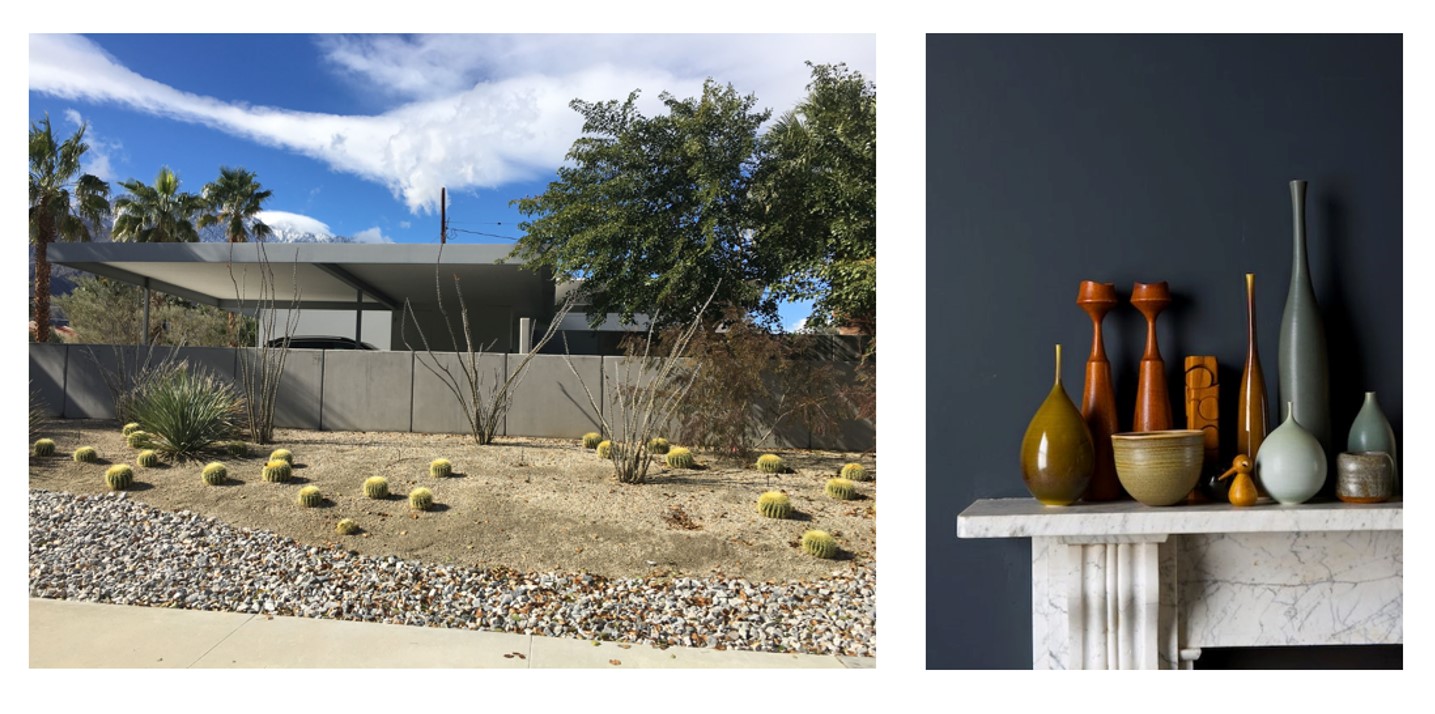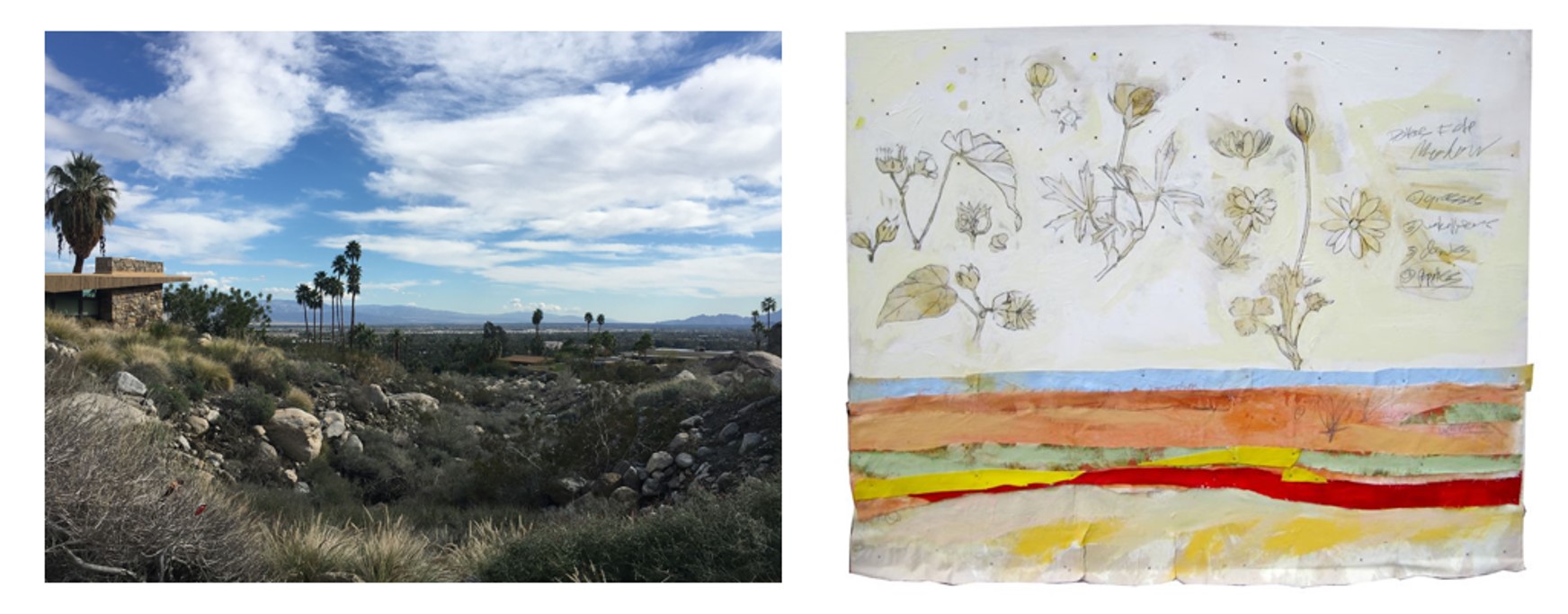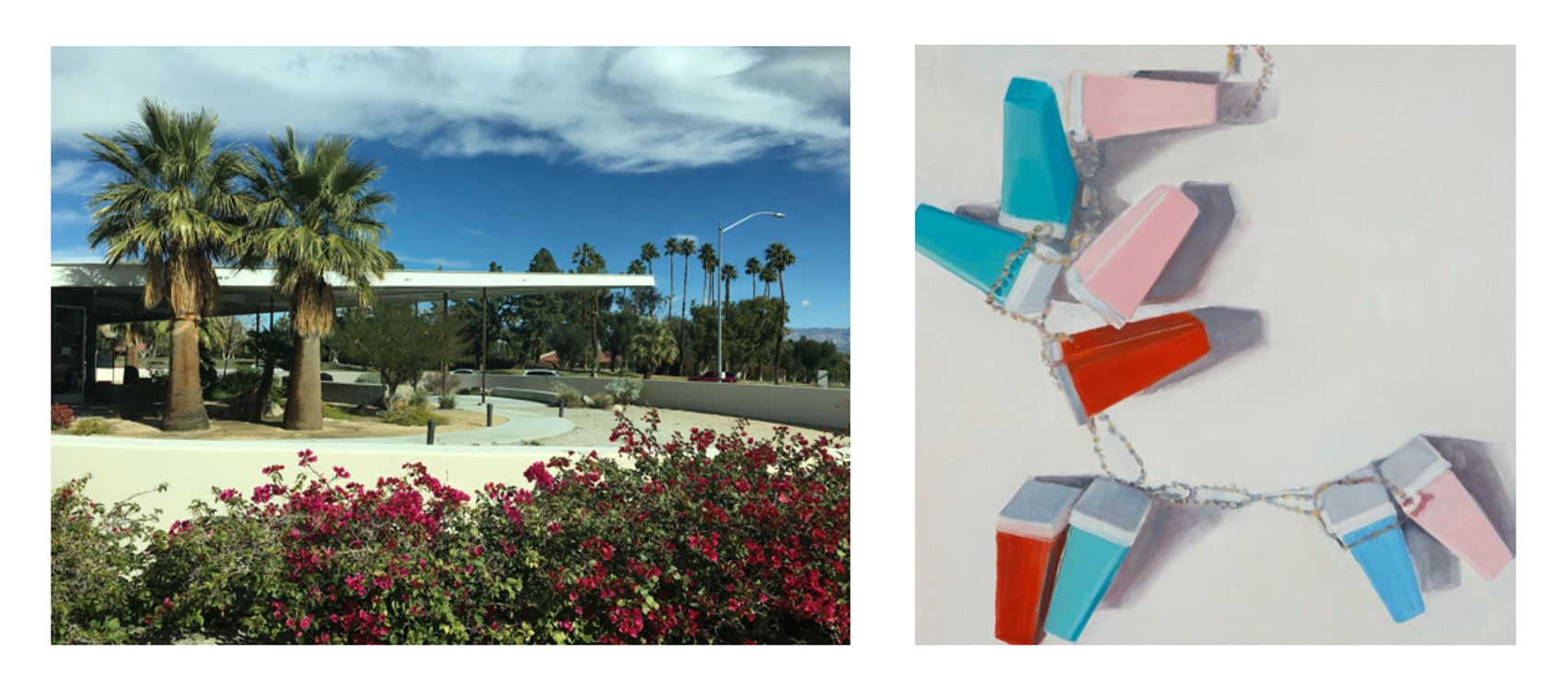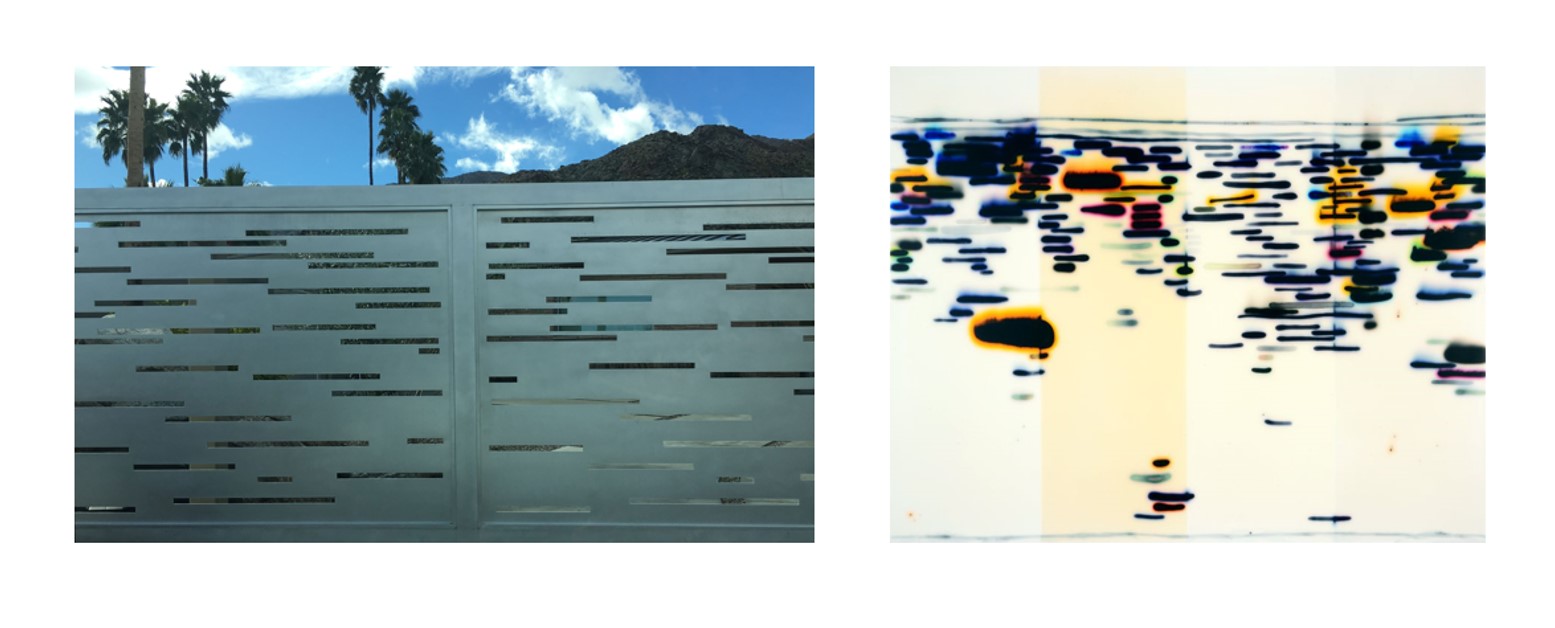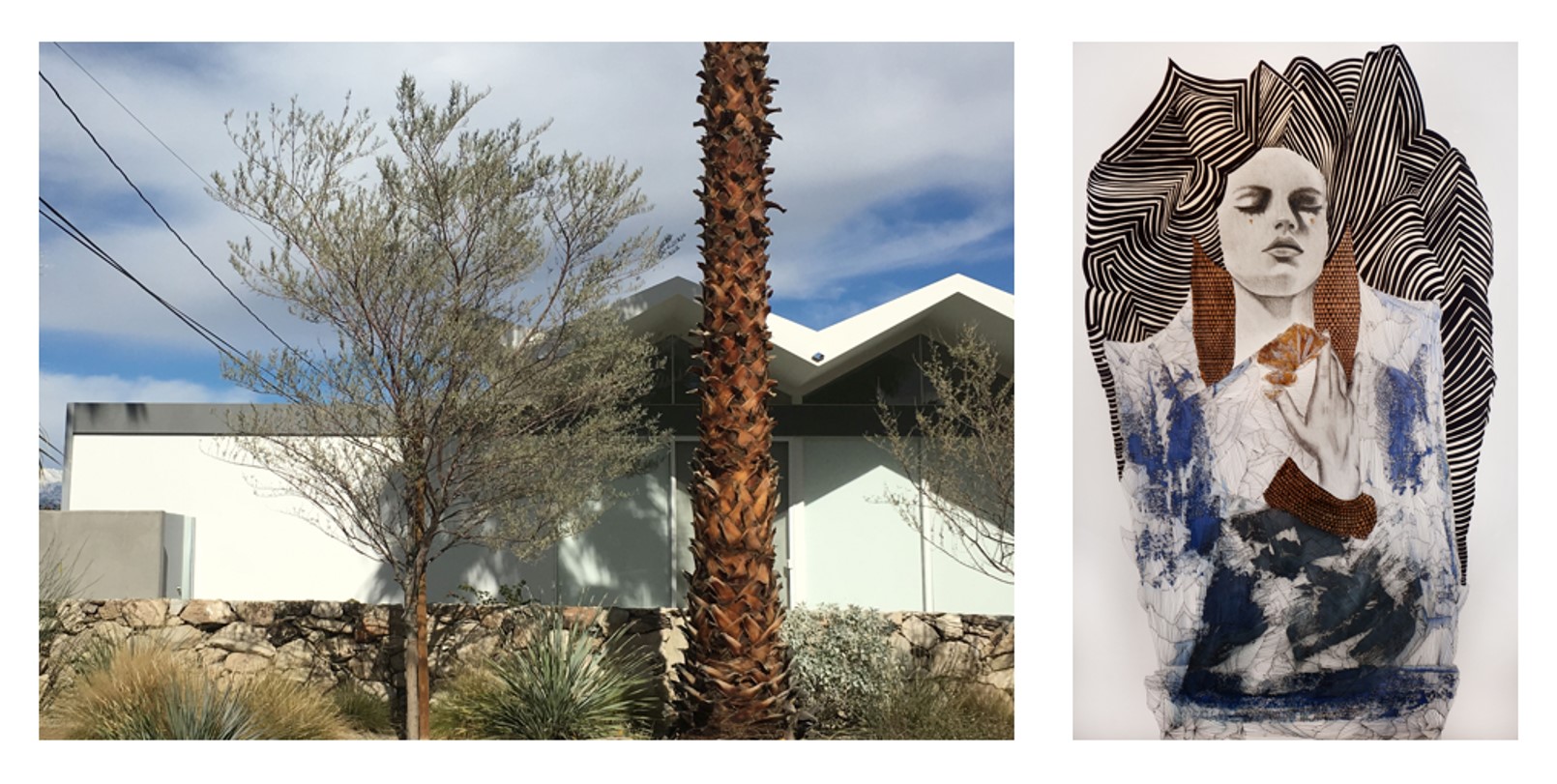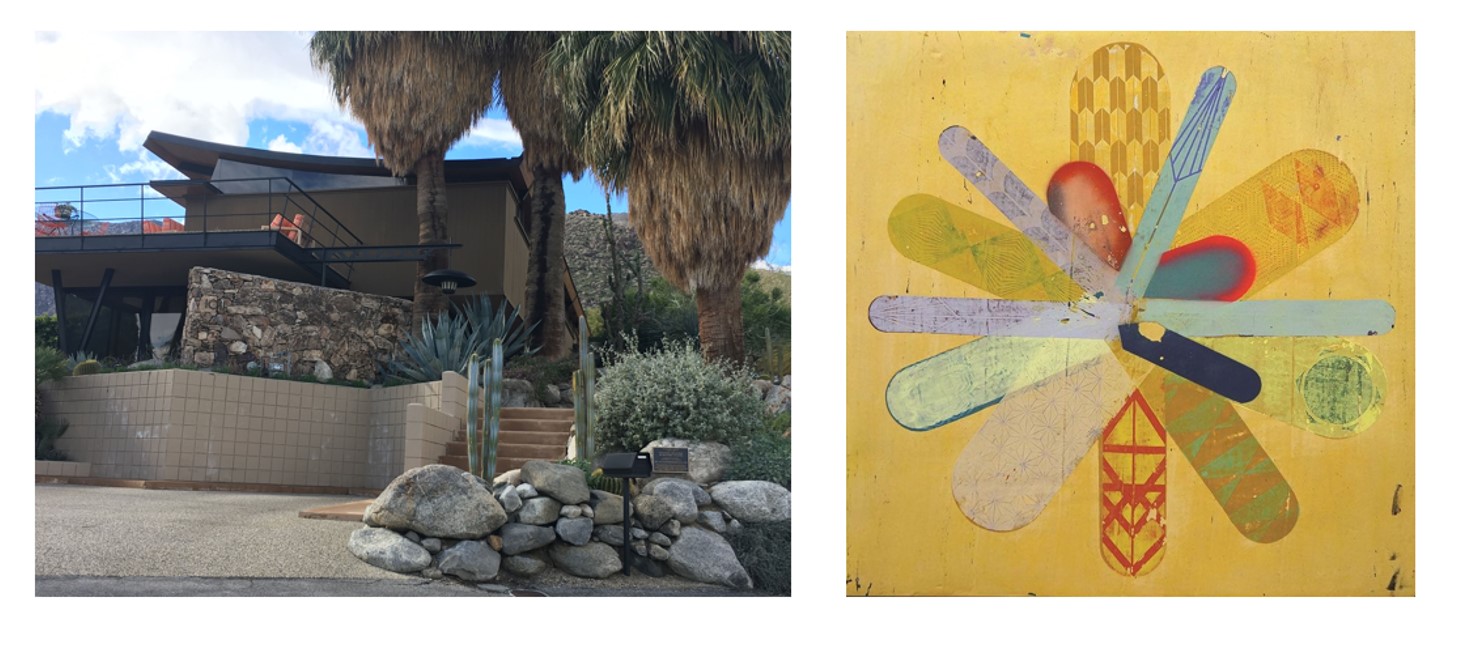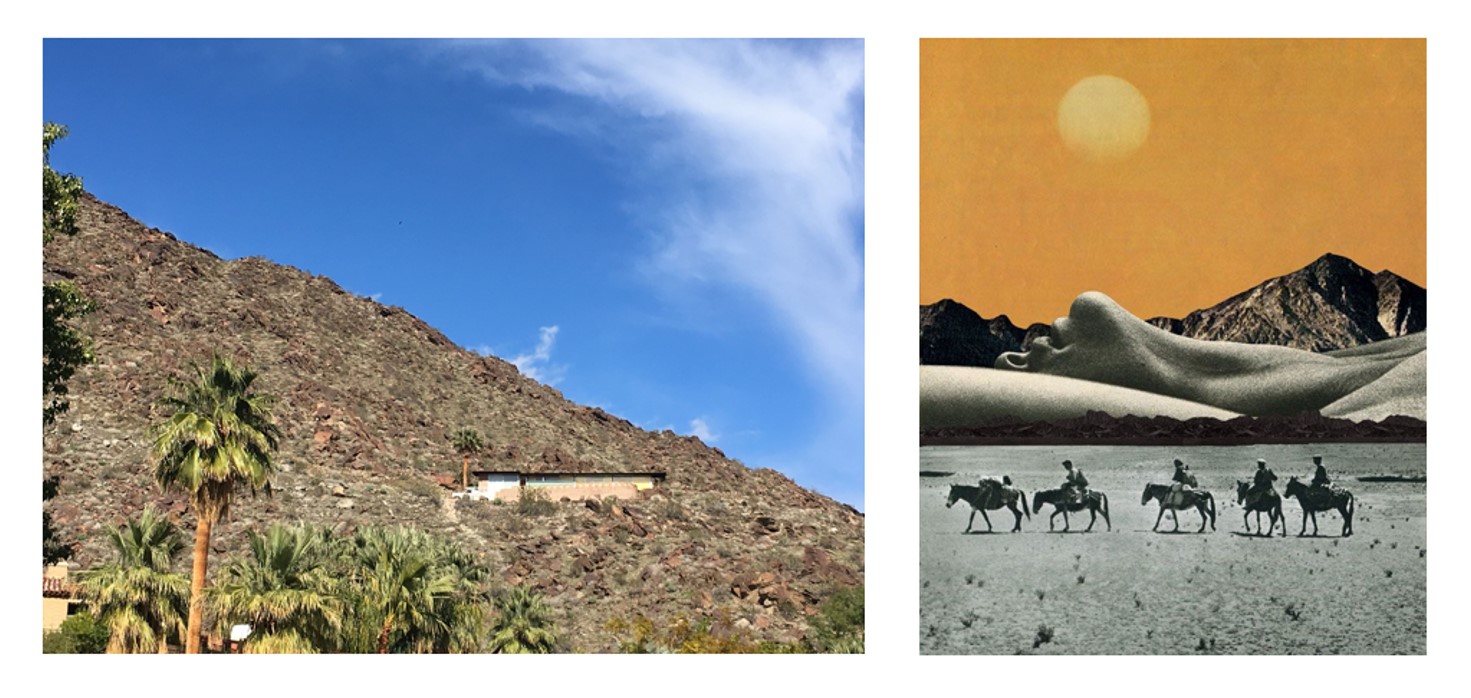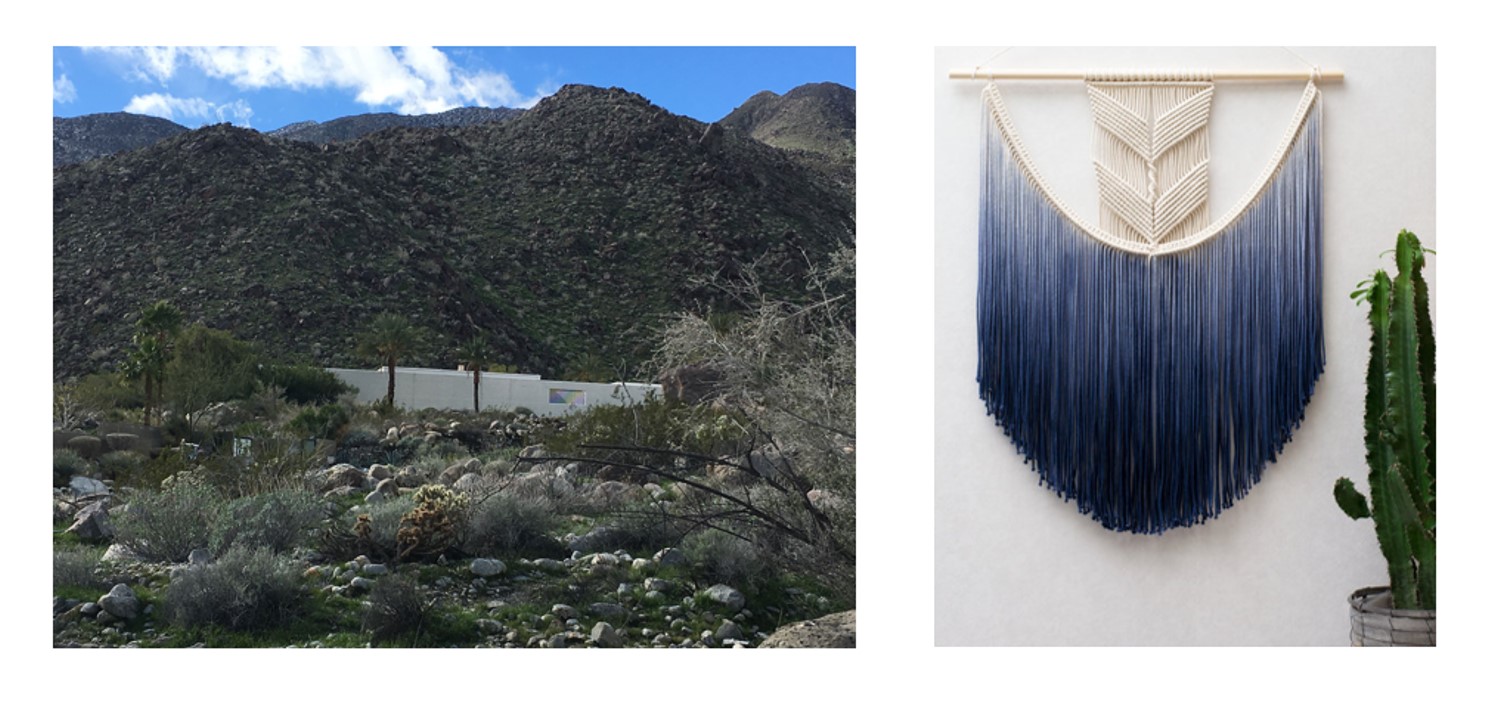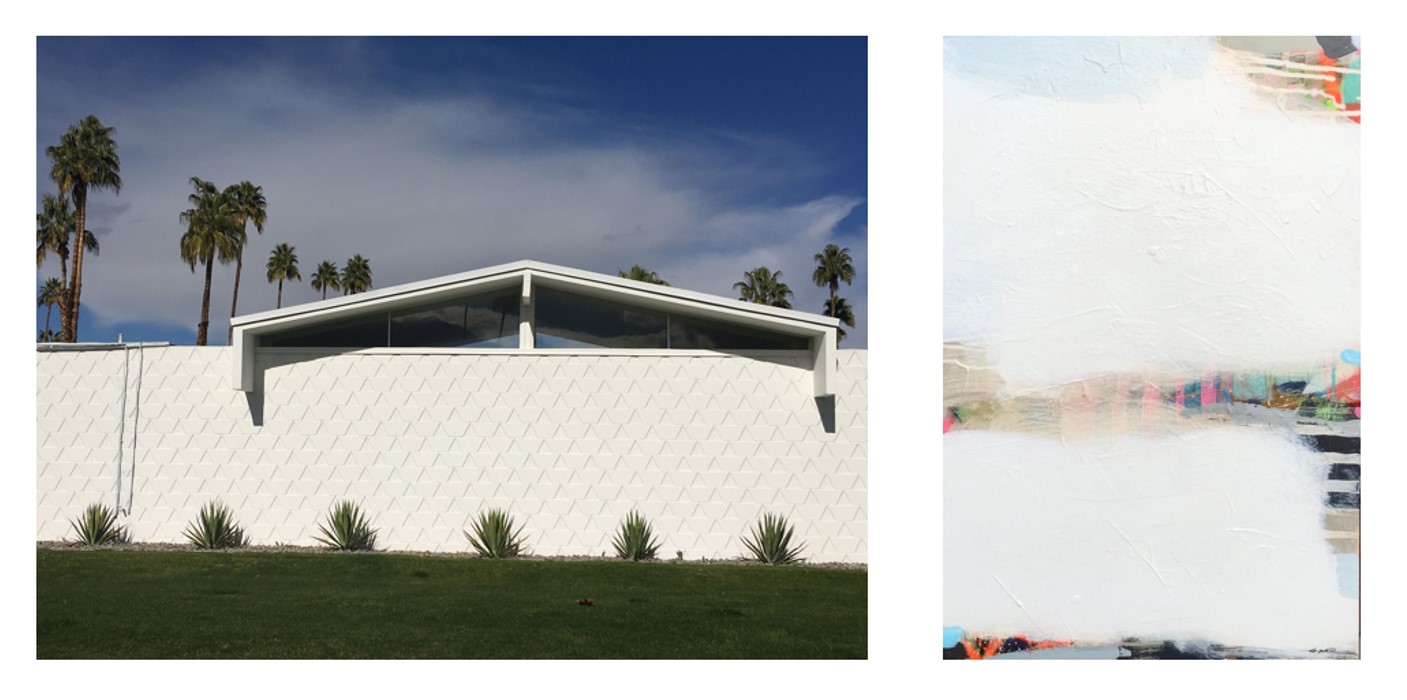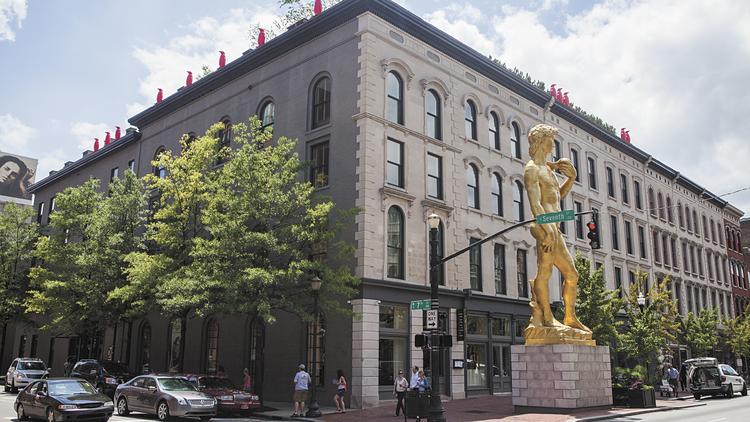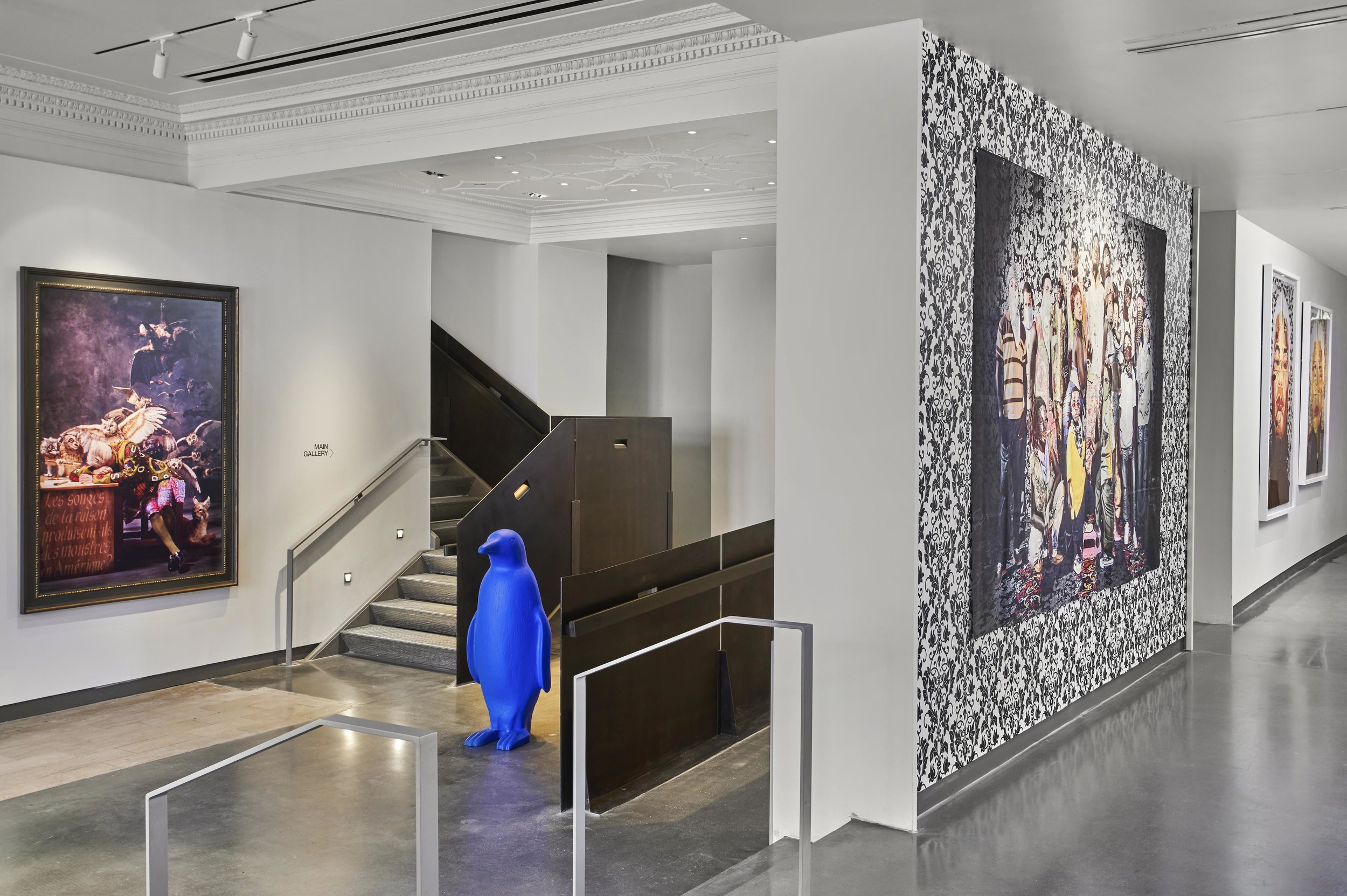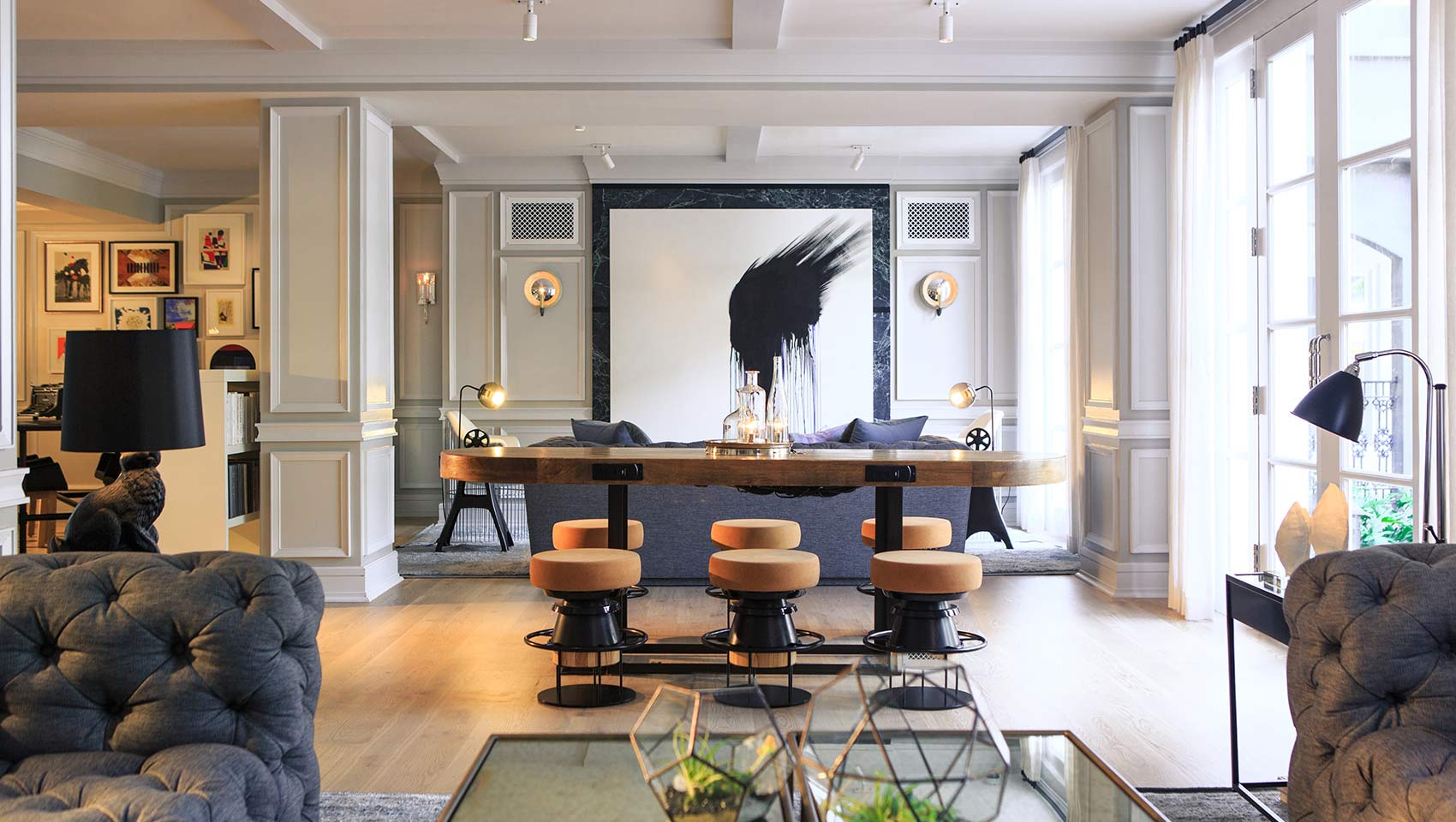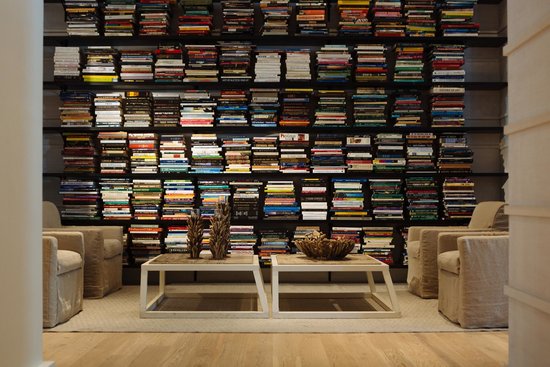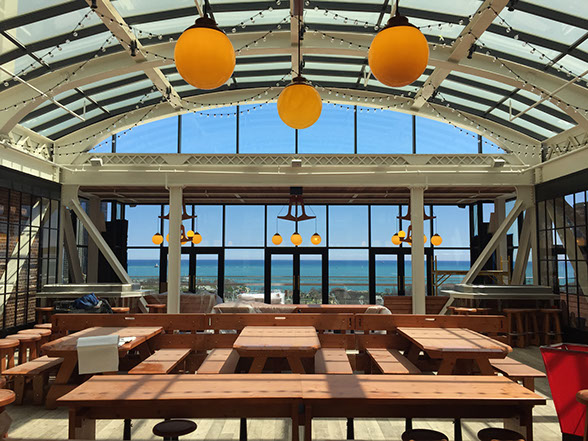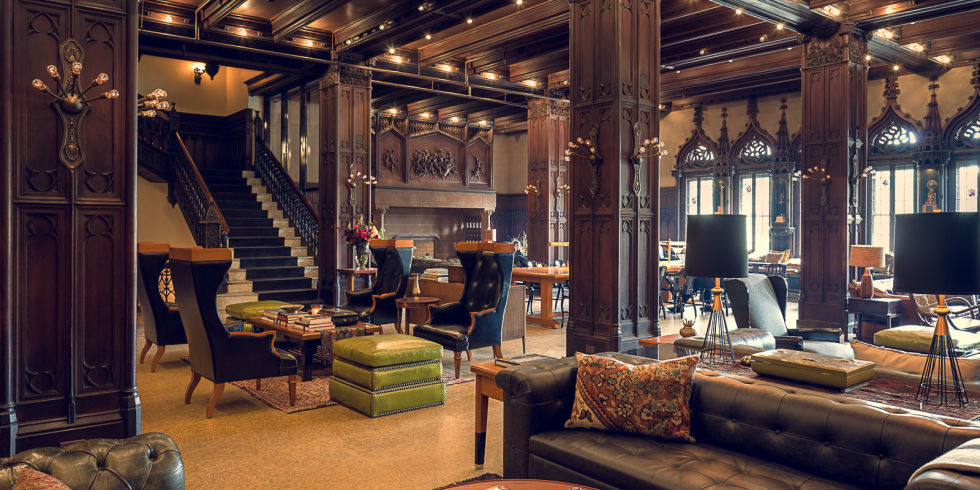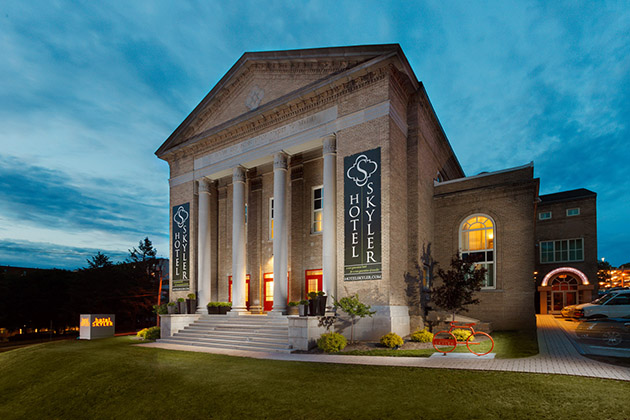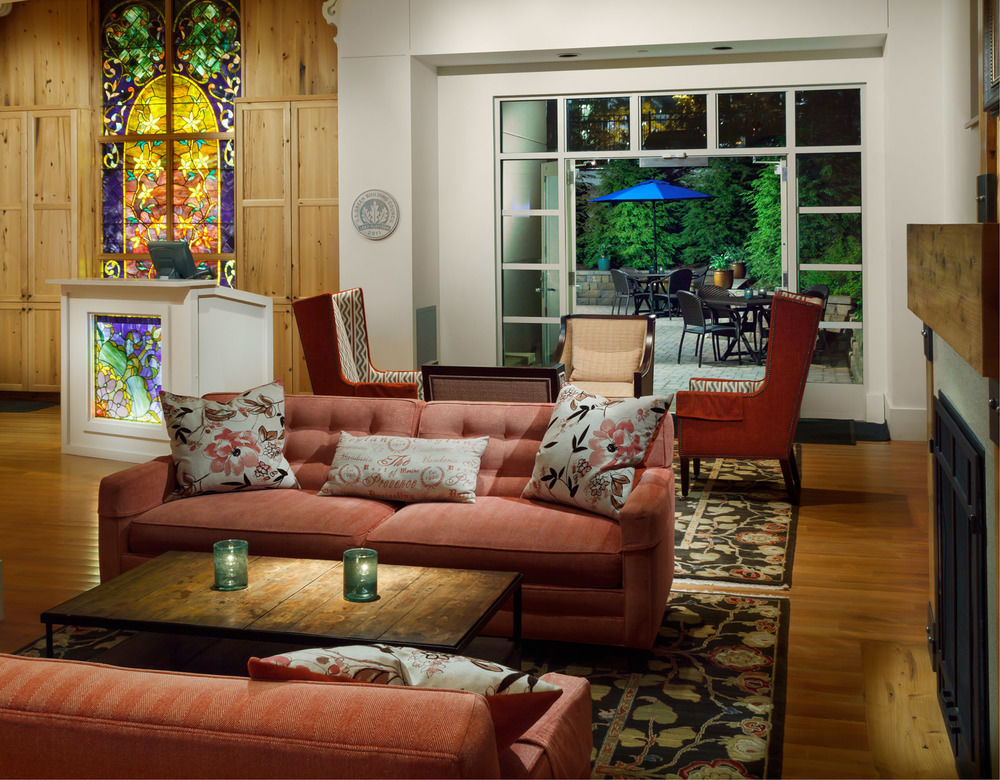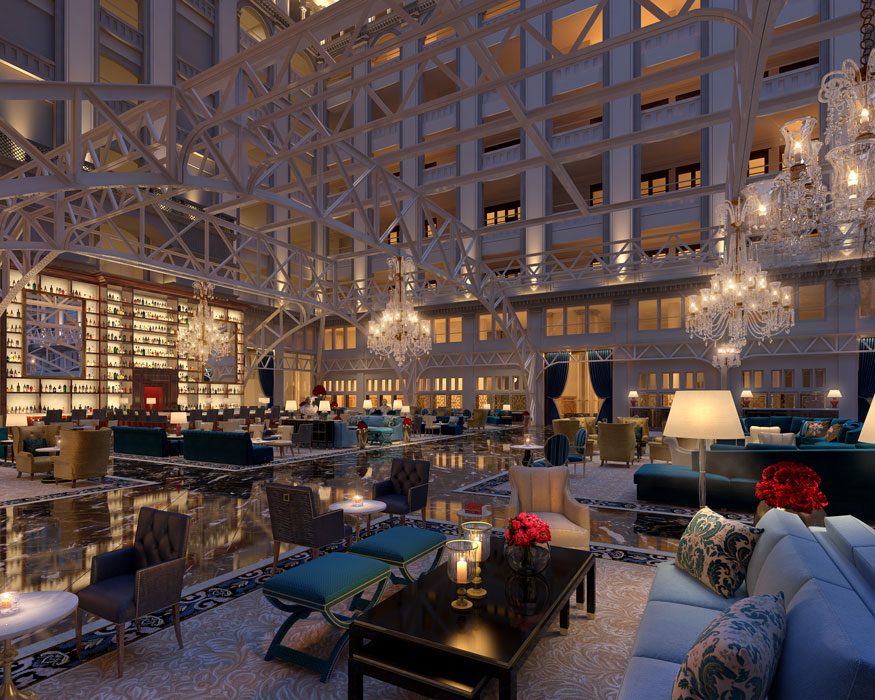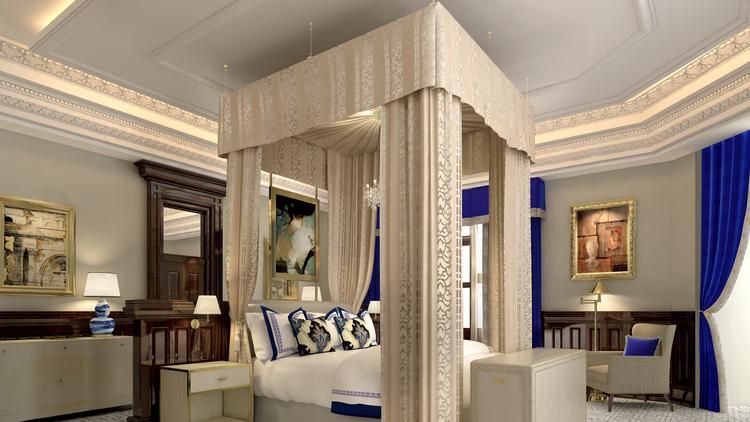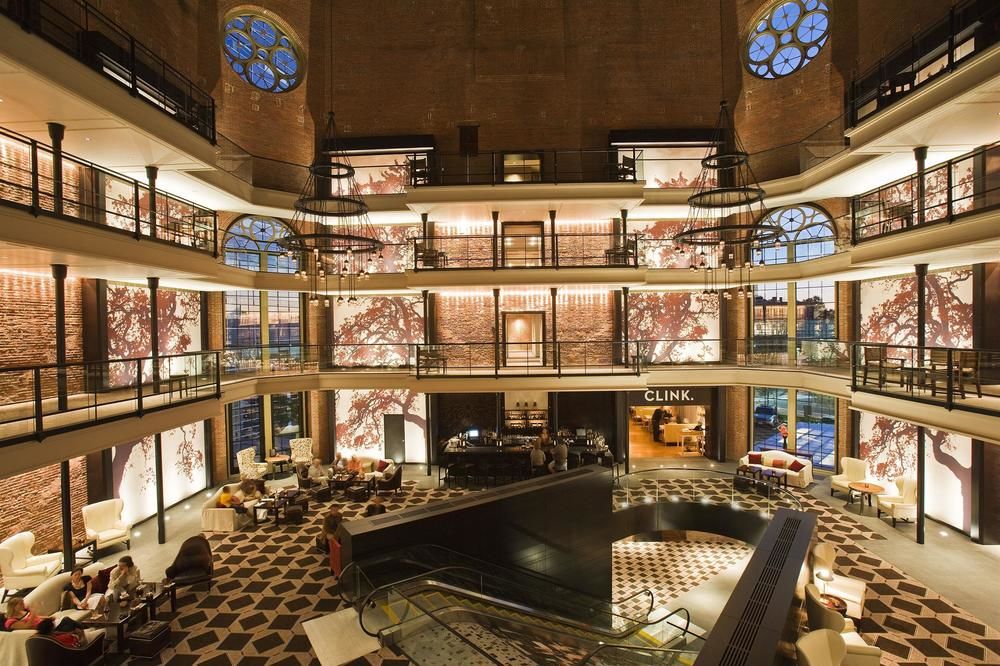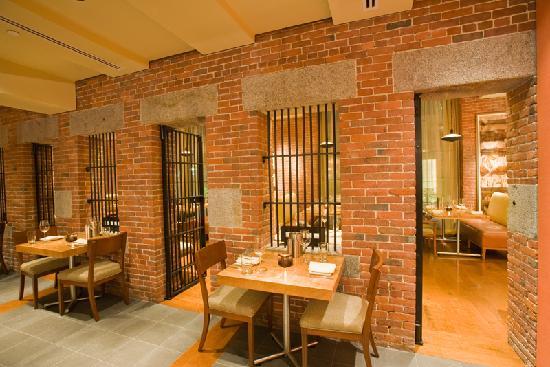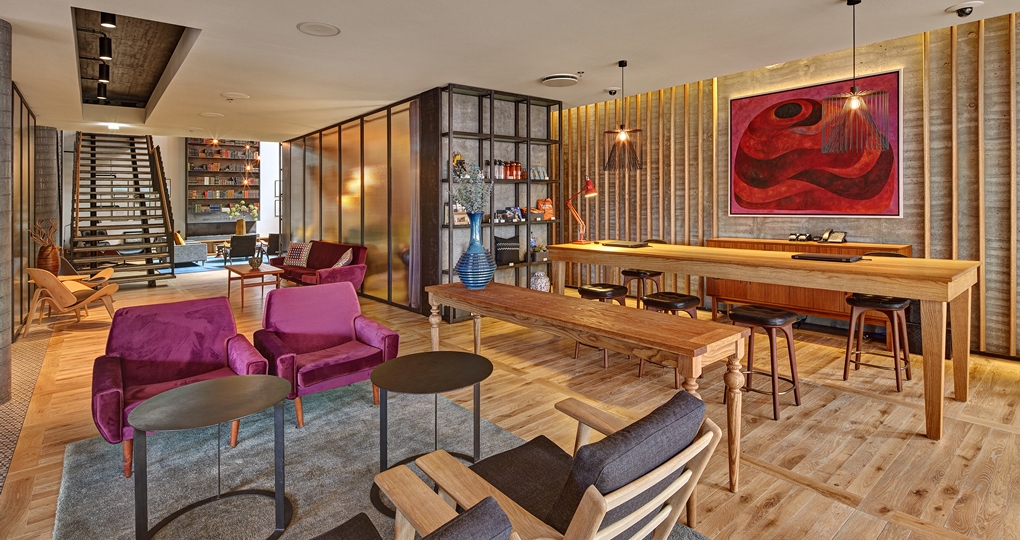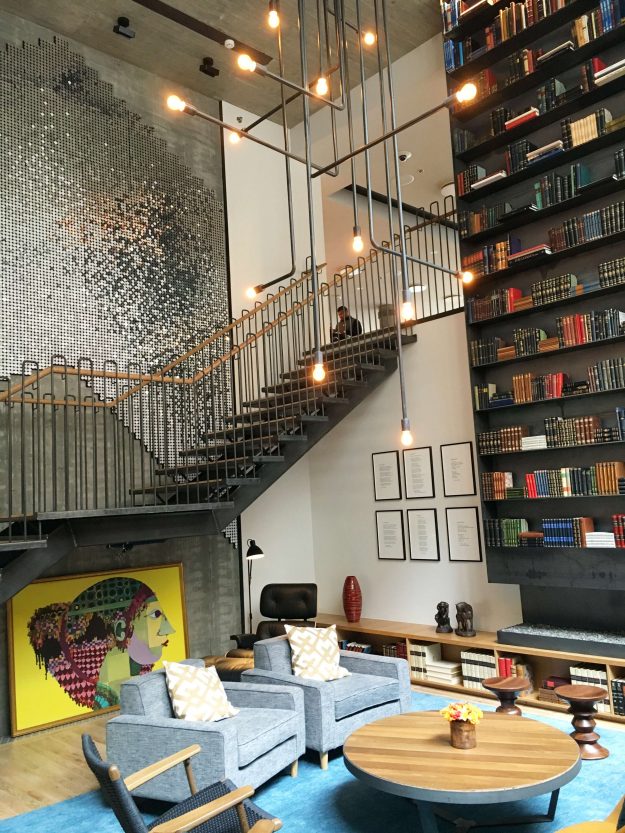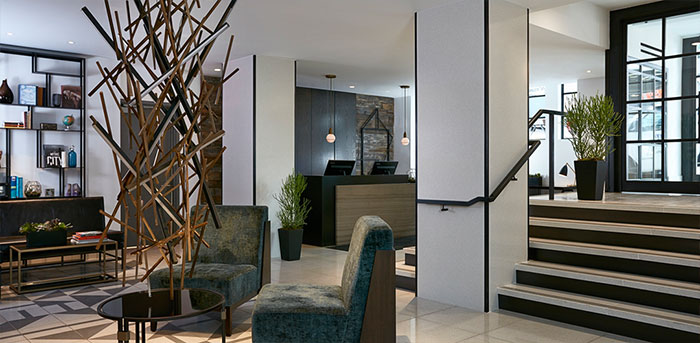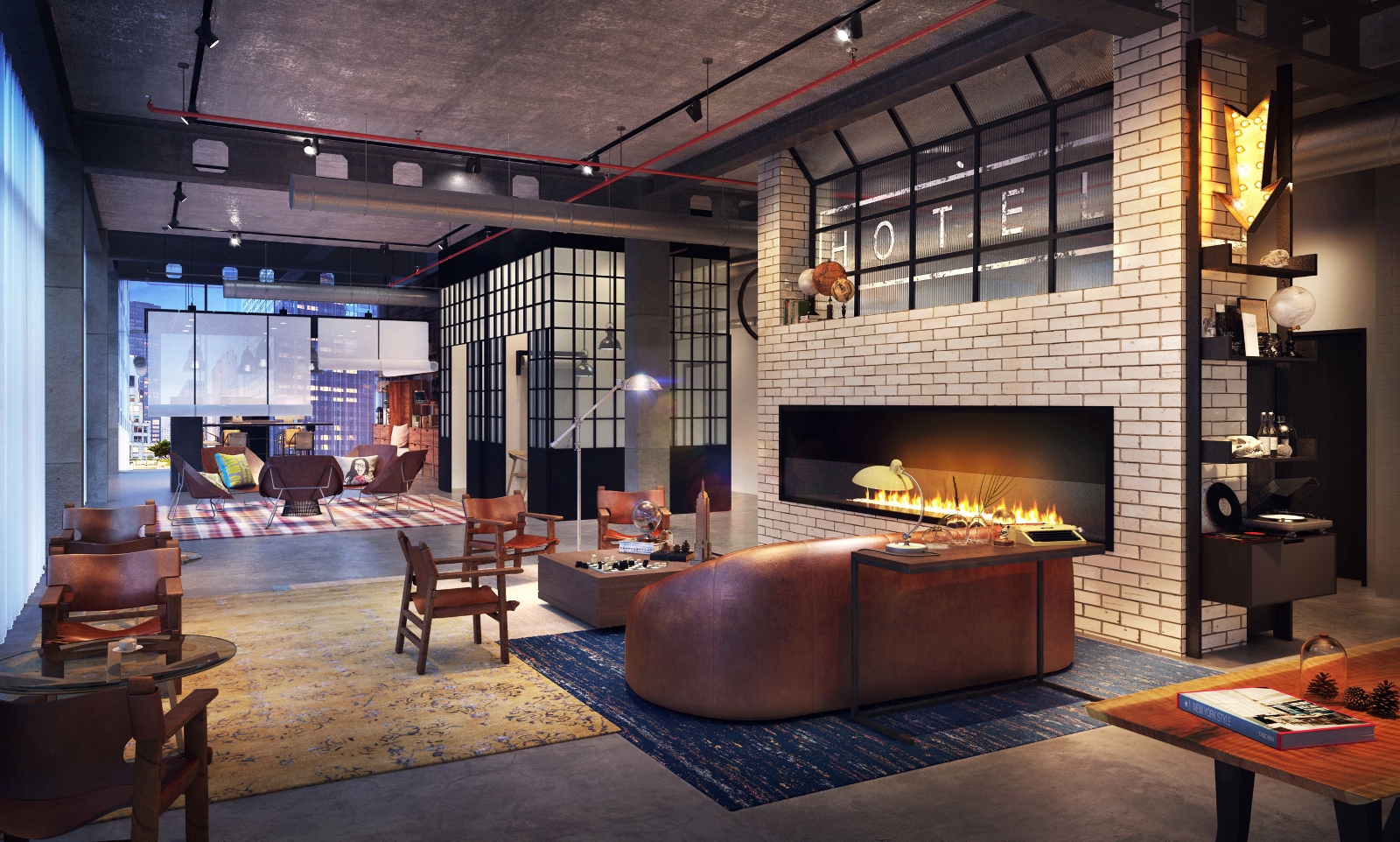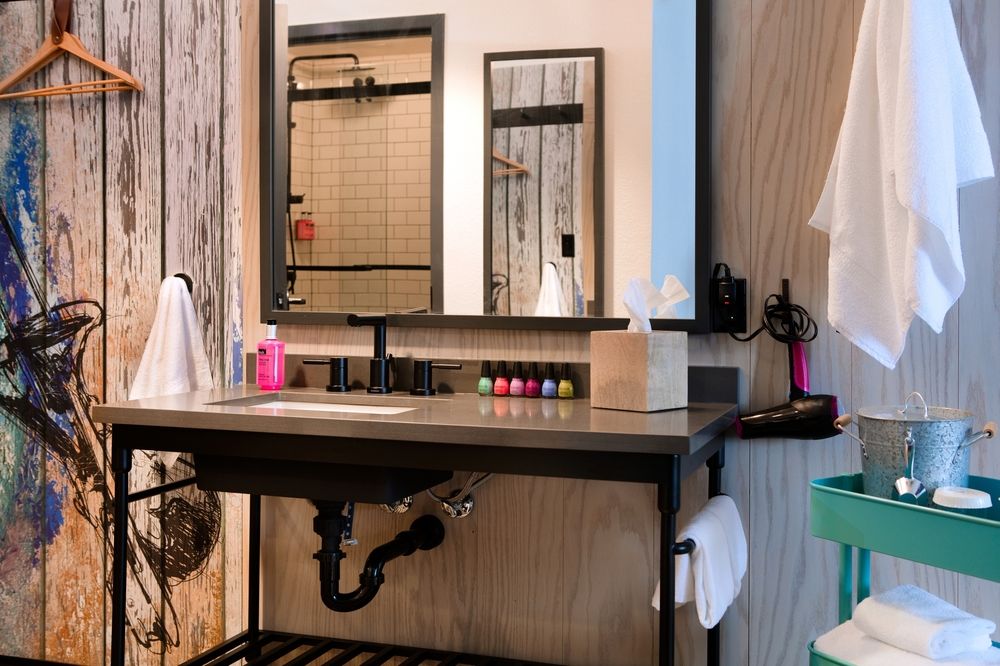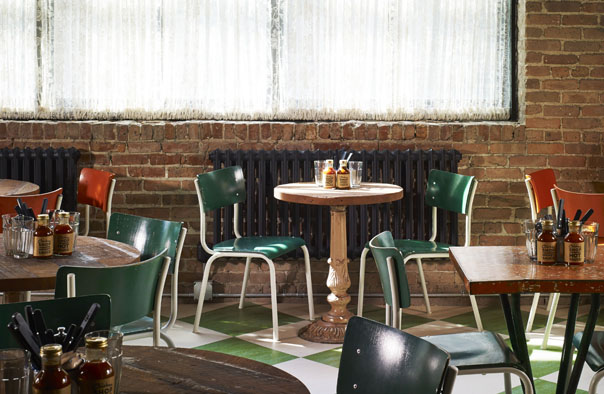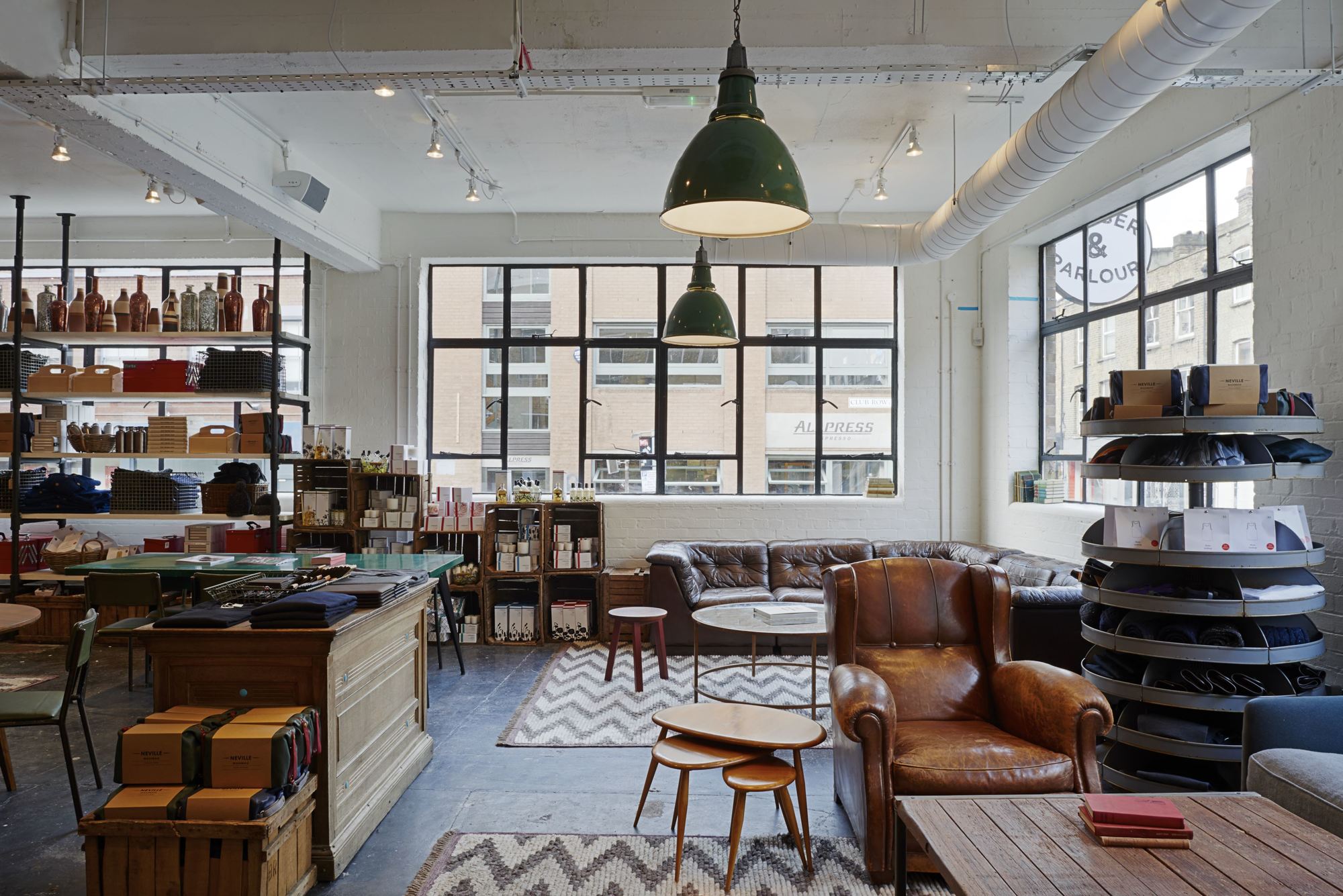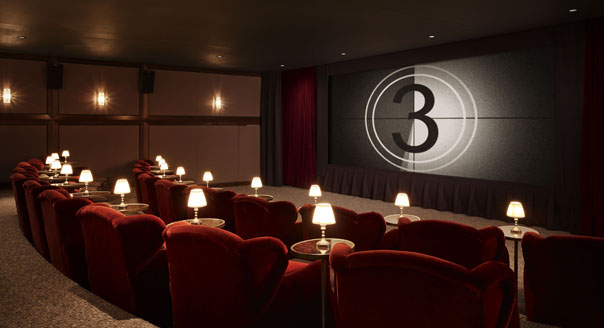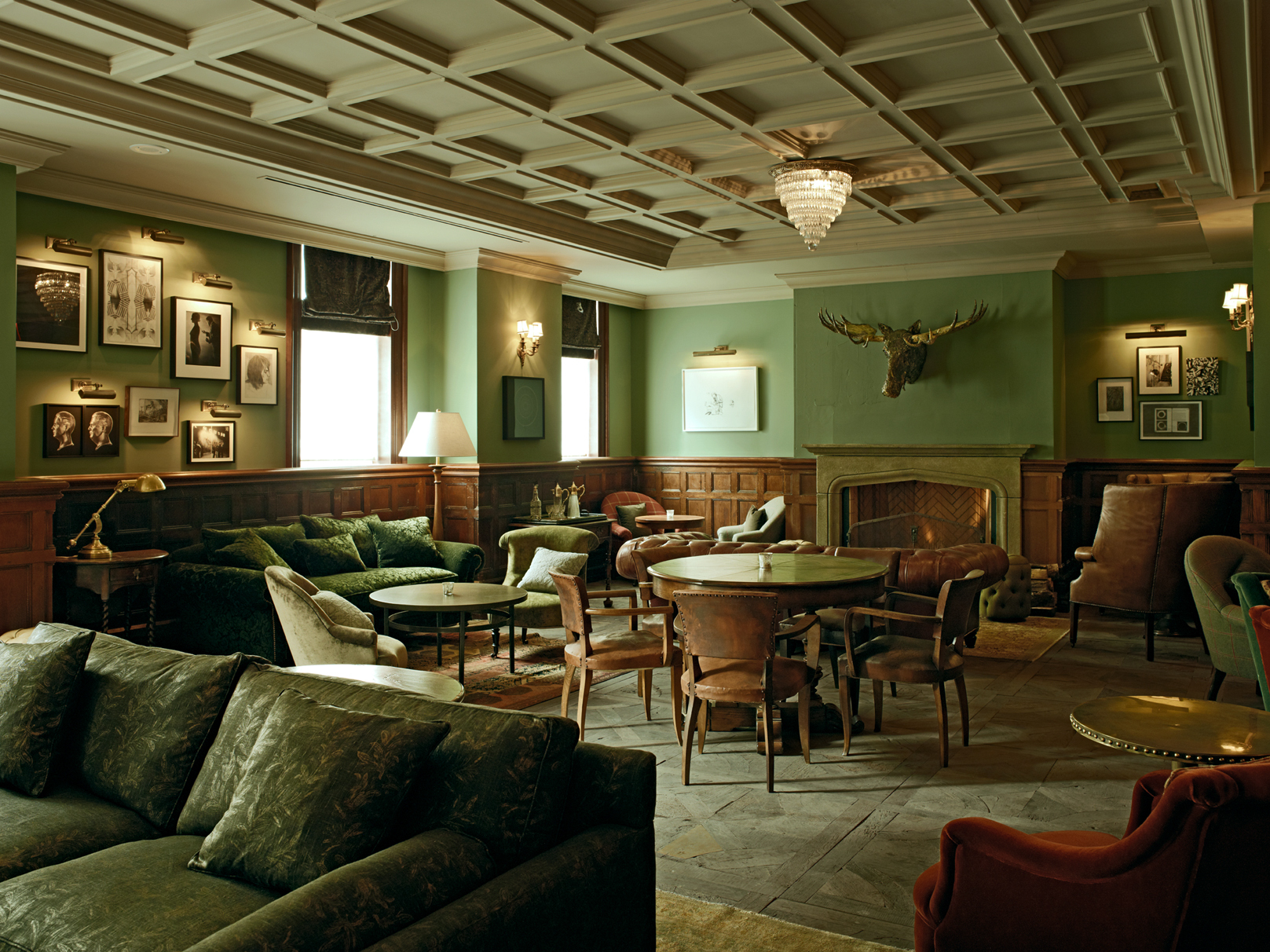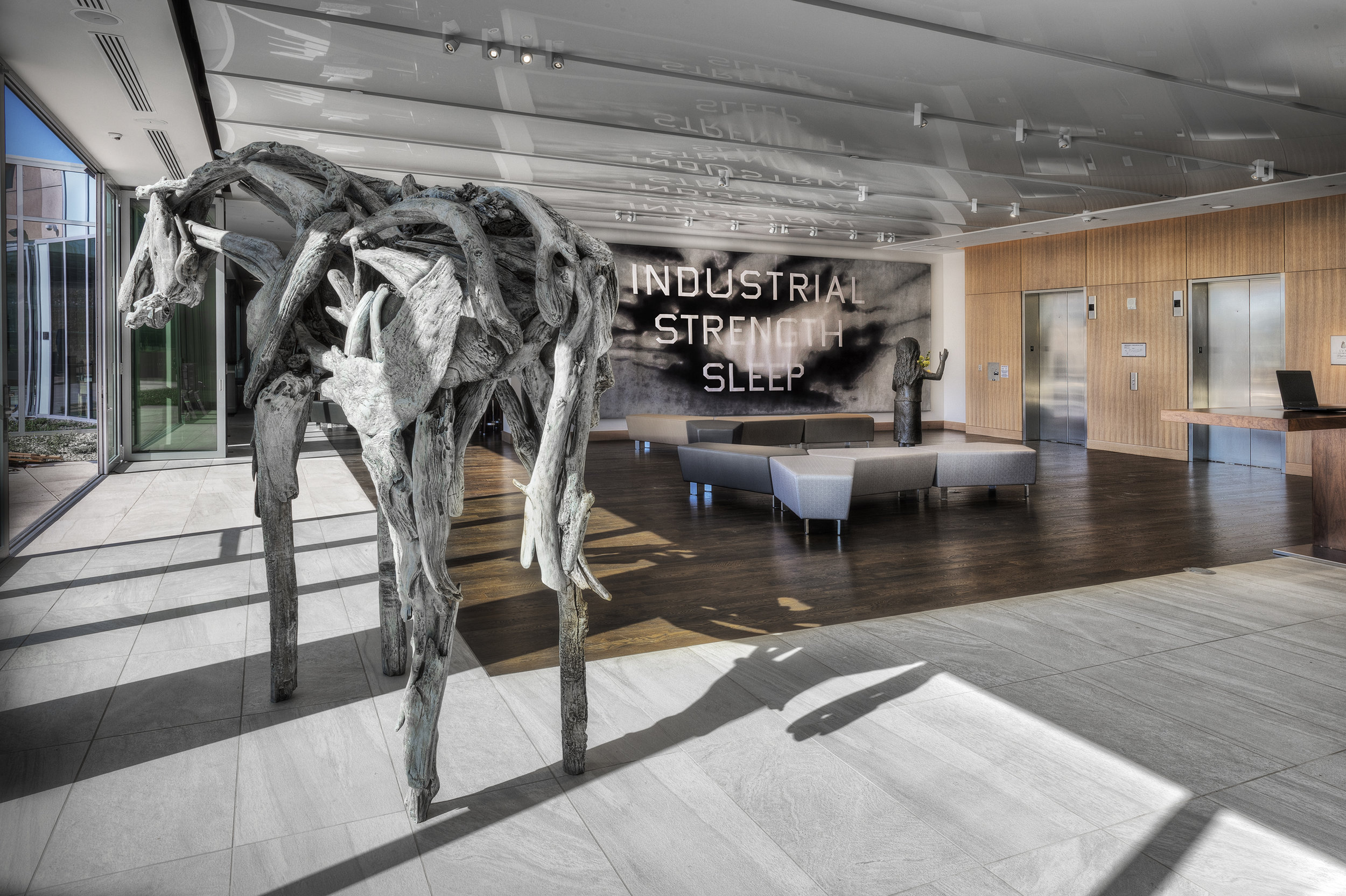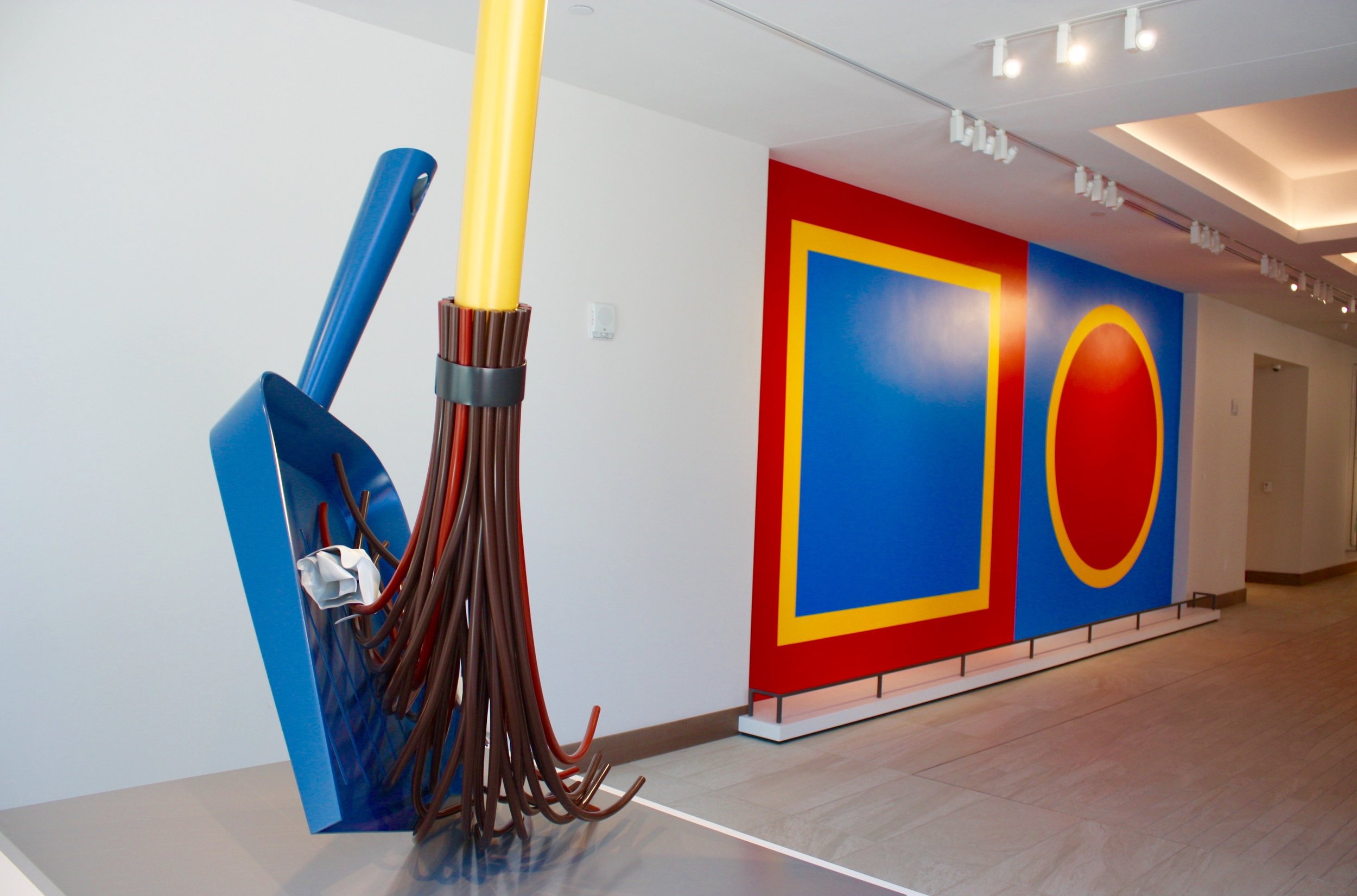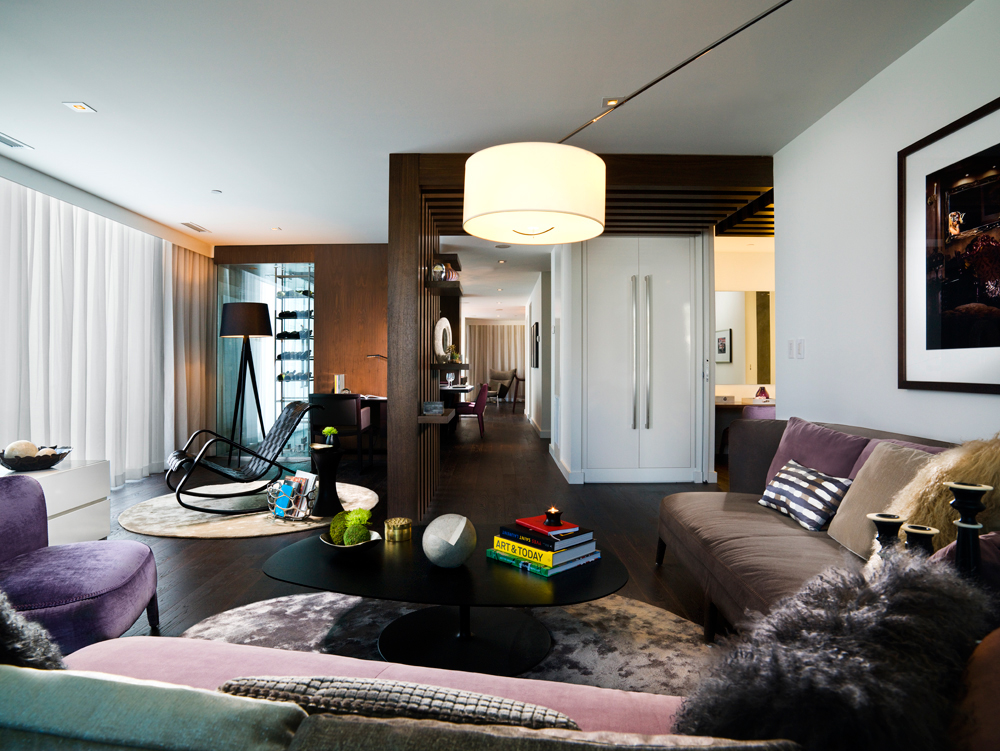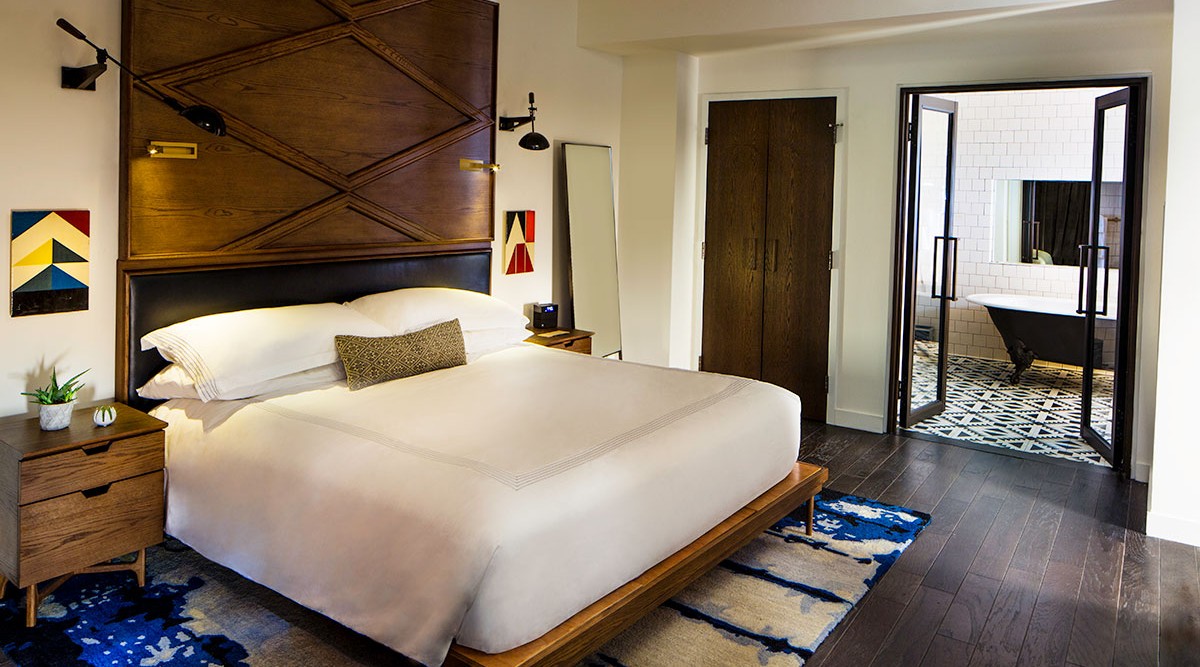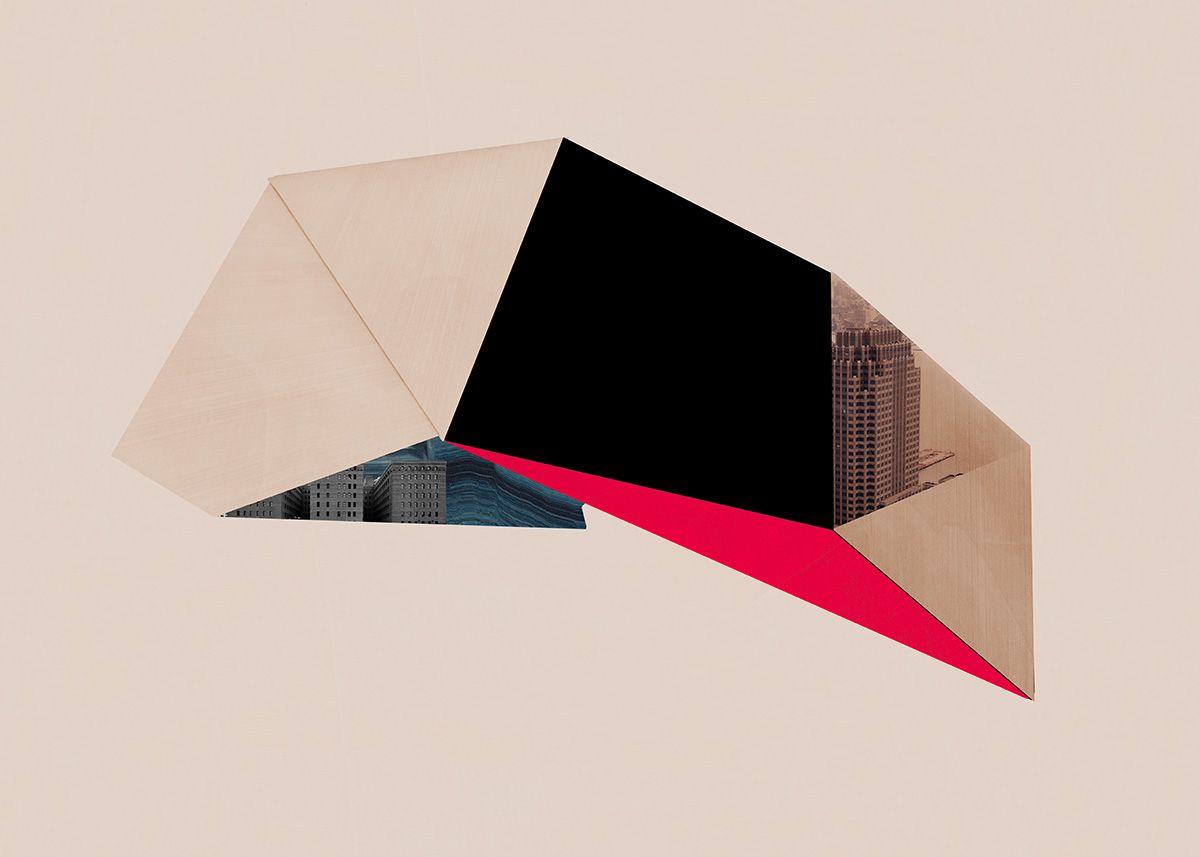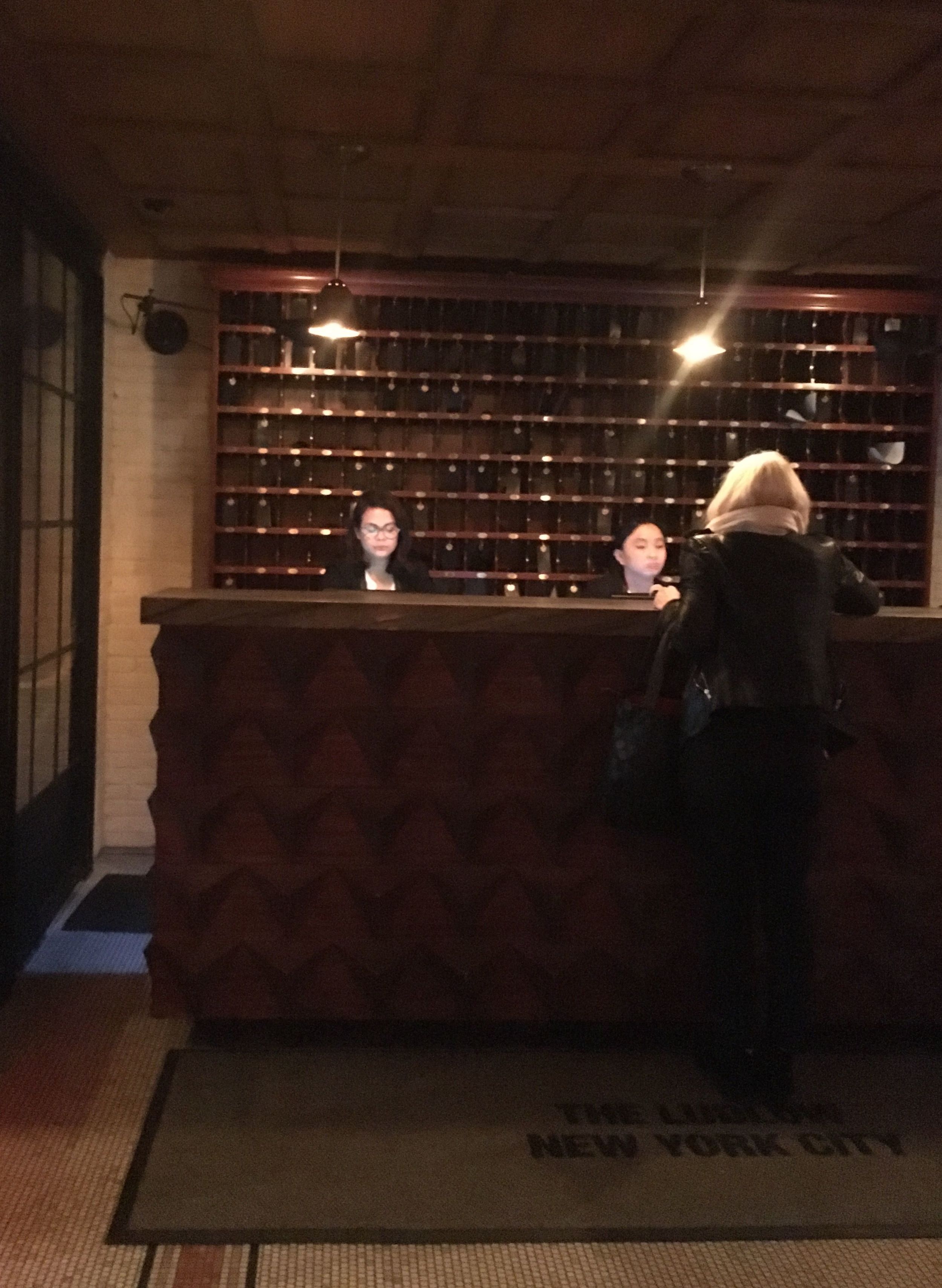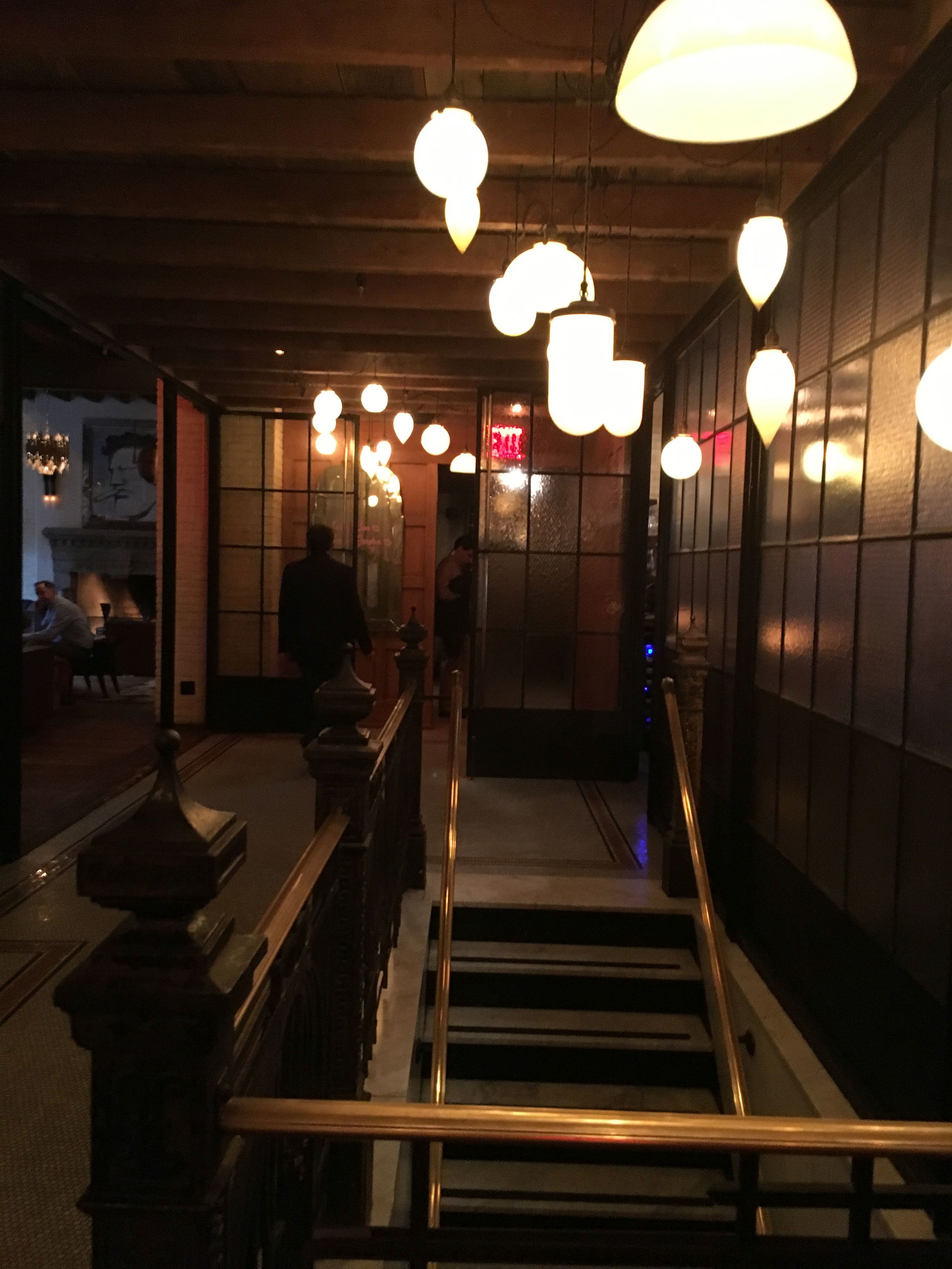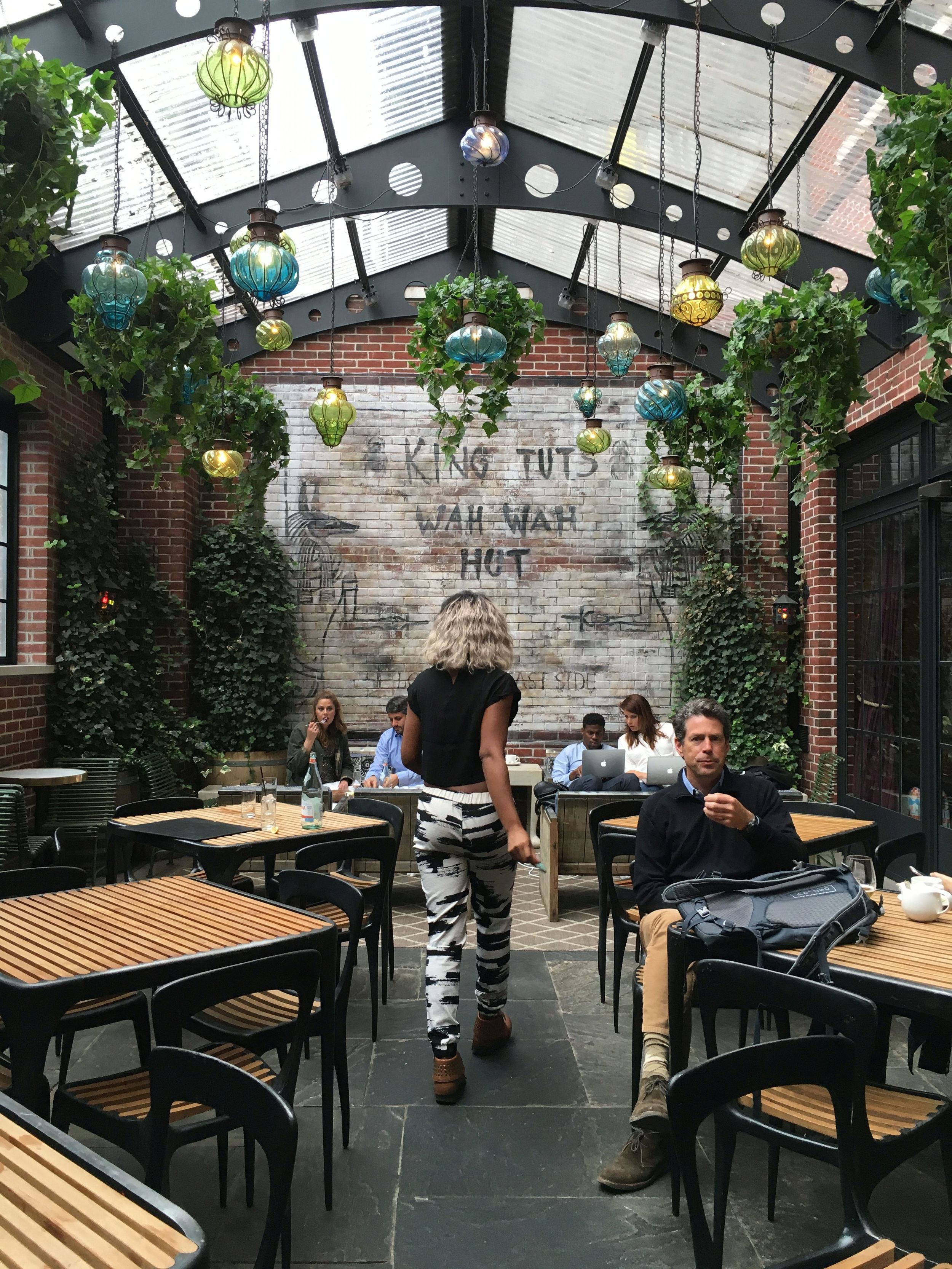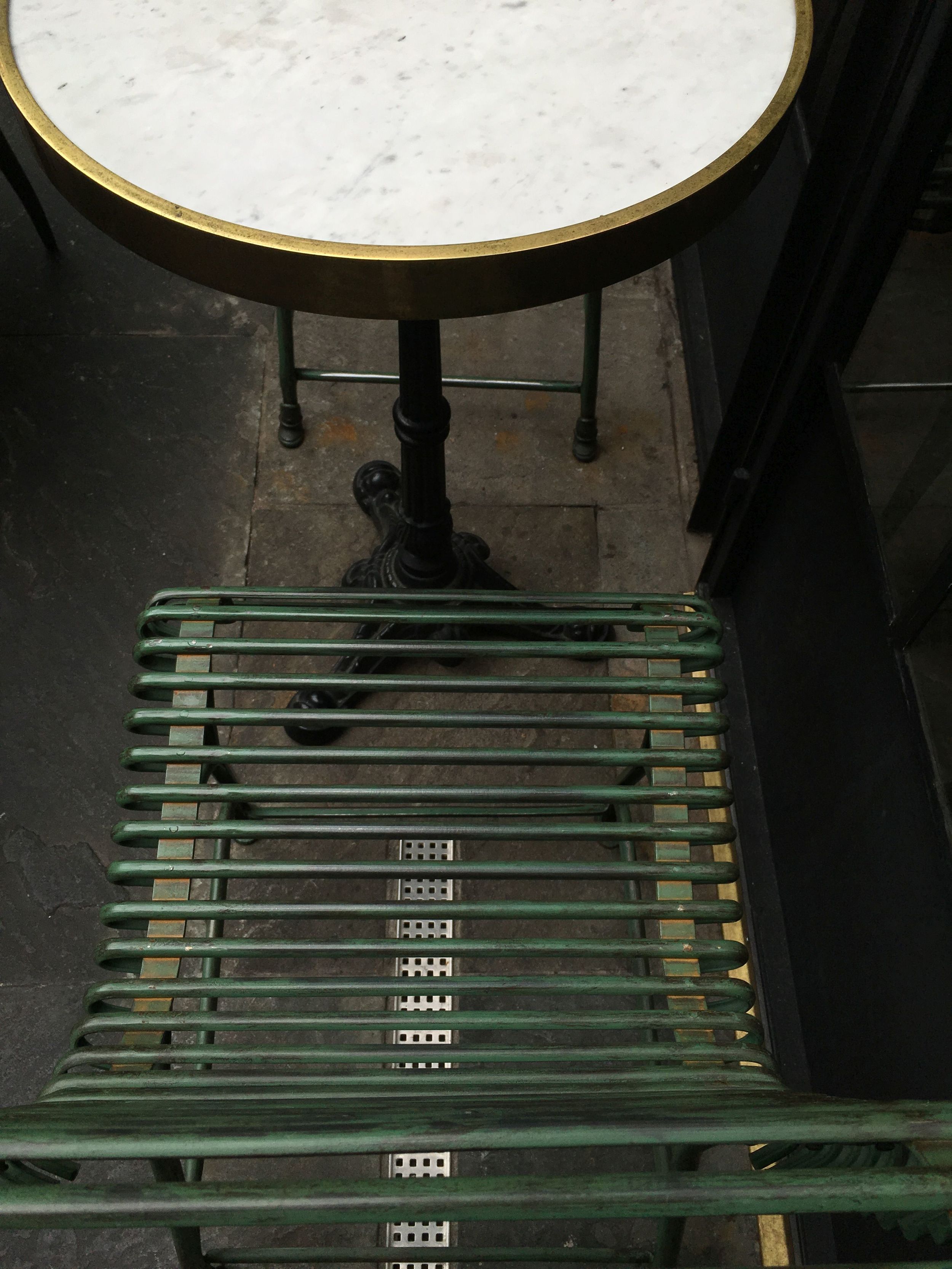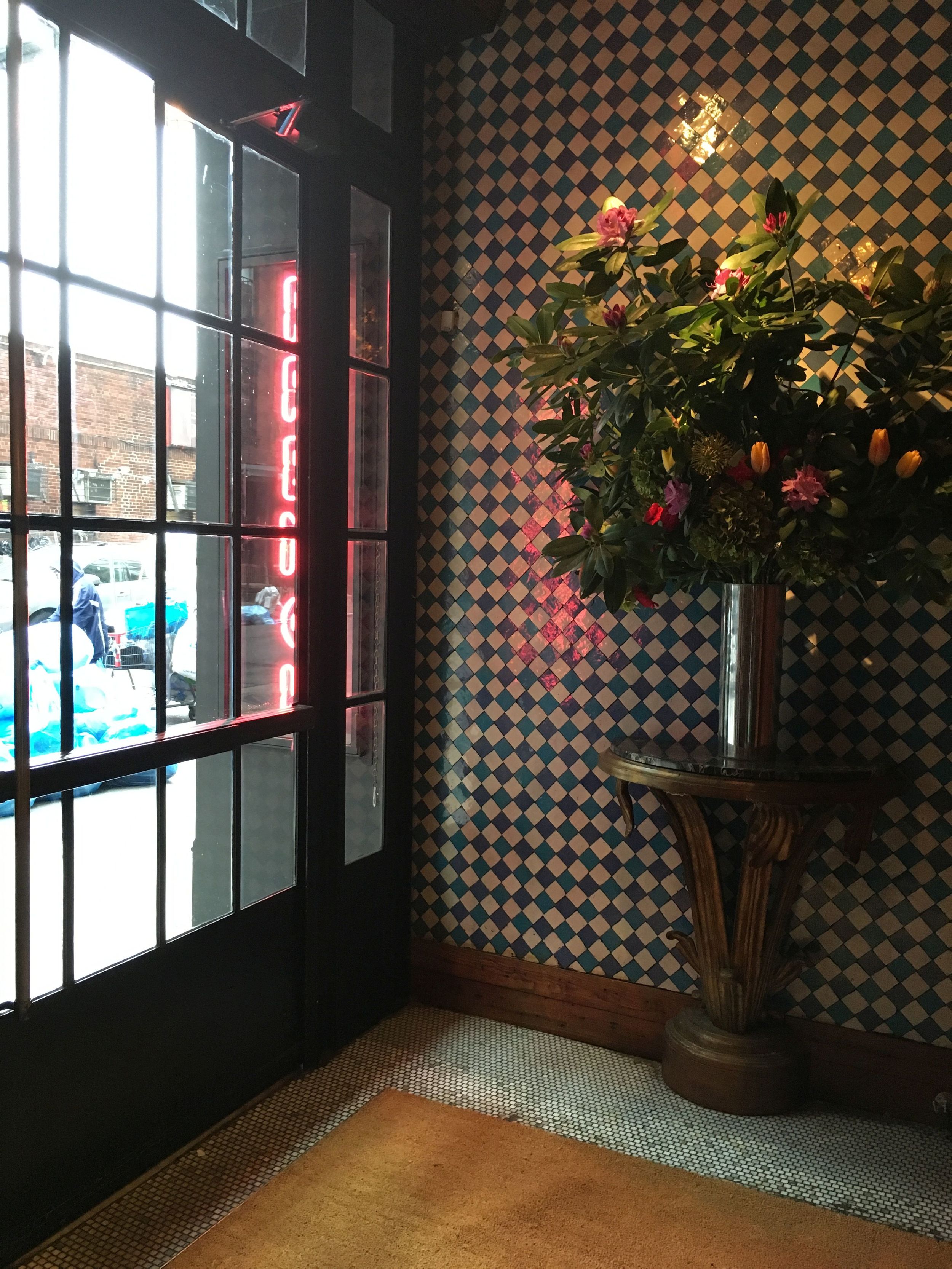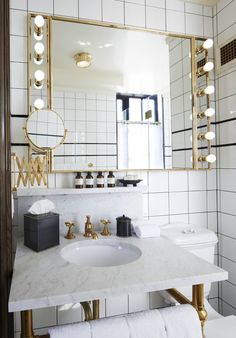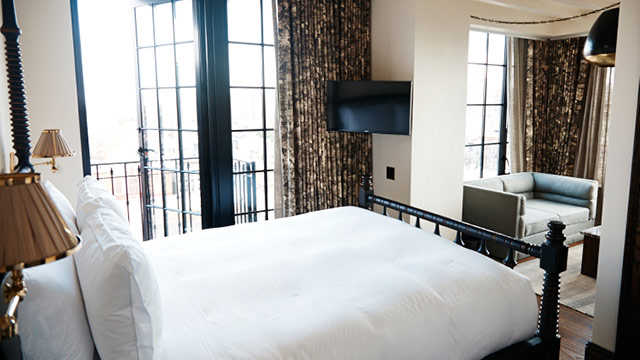The Great Speckled Bird and Counterculture’s Impact on Atlanta
Mallory Johnson for Amy Parry Projects
A counterculture movement in the Deep South, Atlanta’s first drag bar, and a notorious nightclub; you might be surprised to find the connecting threads meet at 551 Ponce, the current location of the boutique Wylie Hotel.
Take a stroll around Little Five Points and you’ll see “hippies” outfitted in Free People and their favorite thrifted finds, lining the block waiting to access their local crystal shop (mind you, I’m often one of them). Hippies in Atlanta are no new phenomenon, but it is the originals, the ones whose political motivations aligned with their unkempt style of dress who gave us The Great Speckled Bird publication. The name came from a song of the same title by Roy Acuff, the first living member inducted into the Country Music Hall of Fame. The Great Speckled Bird, a moniker that nods to the newspaper’s Southern-ness, soon became colloquially referred to as just “The Bird.”
“Printing the news you’re not supposed to know” reads the tagline of the underground hippie newspaper. Brought together by frustration with conservative Atlanta news outlets, The Bird’s founders created something unique that addressed both politics and the counterculture. Anti-Vietnam war sentiments were interspersed with cheeky graphics, making a truly relatable newspaper that also filled a void in media at the time. The Bird grew quickly from the date of its first publication on March 8, 1968; in six months it had transformed into a weekly publication. For 15 cents, an Atlanta resident with an interest in gay liberation, the women’s movement or the Black Panther Party could purchase a copy of The Bird. This meant that a vendor who chose to sell papers for The Bird in the “Hip Community” or to out-of-towners could turn between a 5-10 cent profit and never risked losing money; by all accounts this was a rare opportunity at the time. It was Atlanta’s first underground paper and by the time 1970 rolled around it was also the third-largest weekly newspaper in Georgia with 22,000 copies circulating.
The Great Speckled Bird could be depended on for honest reporting and it also served its readers who were able to use the publication to find other like-minded individuals. It gave many people a voice and a place to publish their artwork or poetry. The Bird’s internal structure was even reflective of the Leftist politics their paper was known for; instead of abiding by a traditional hierarchical structure, staff members would switch in and out of editor positions. Articles that went to print were also determined by popular vote, ensuring the paper maintained a fresh perspective and a very high quality of journalism. A collective with a shared interest that fed the community the news they were looking for, the grittier low down on things that actually mattered to 20 and 30-somethings with a propensity to smoke, attend rock concerts and fight for social justice. That it got its start on the Emory University campus and was originally intended to be a multi-campus underground newspaper makes The Bird’s growth all the more impressive.
In 2018 The Atlanta Journal-Constitution answered an inquiry about what ever happened to the alt-weekly paper. In their coverage of the rise and fall of The Great Speckled Bird they cited Senator Nan Orrock (D-Atlanta) one of The Bird’s founding members, who described what the paper meant to people. Orrock stated, “The Bird became Atlanta’s meeting place for progressive thought.” This quote followed discussions of just how badly Bird staffers thought the mainstream media was lacking. It was intensely ironic that the AJC, the very same media outlet (back before it took on the J) that was frequently under fire in The Bird for editor Ralph McGill’s open support of the Vietnam War, was now a source for information on the long-since active weekly paper.
In any given issue of The Bird, you might find an article on The Jimi Hendrix Experience with a critique on Coca-Cola alongside a note to “go fuck yourself.” As far as The Bird’s more irreverent content a good example takes the form of a Where’s Waldo style drawing appearing on the “Puzzle Page” of the January 5, 1970 issue. Readers are asked to find the “six pigs hidden in the image” before JoJo and Loretta can, devoid of narc paranoia, light up their joint in the park. This kind of funny, shameless, anti-establishment content was what came to be expected from The Bird.
Counterculture movements don’t often go unnoticed or unchecked by the powers that be and the same held true for The Bird. Reliant on a network of volunteers to distribute the paper in locations such as college campuses, high schools, and street corners - those selling copies of The Great Speckled Bird were met with harassment from authorities. The arrests ranged from charges as weighty as distribution of pornographic material to minor offenses like jaywalking. The Bird was also investigated by Dekalb Police for “obscenity” and their headquarters, the Birdhouse, was even firebombed at one point. It was discomfort that drove these attacks and a distaste for the way this underground movement held sway in the minds of young people; it was also the way they left no-one off limits from the Mayor to a corporation such as Georgia Power. Their Dekalb printer ultimately refused to continue printing their paper, causing the group to move the printing process into Montgomery, Alabama. No one closer was willing to be associated with printing a paper that was getting so much pushback from the police and local government officials.
When the counterculture movement in Atlanta faded so too did The Bird, releasing its final issue in October of 1976. Despite its discontinuation, reverberations of The Great Speckled Bird’s impact on Atlanta can still be felt today. On its 50th anniversary back in 2018, The Bird was receiving renewed press, and an event was held by Sing Out Defiance with the theme “Media then and Now.” Many interviews with staff members have been documented in recent years and are available to the public through Georgia State University’s library website. This careful remembrance lends credence to the deep mark left by the publication. Outside of the news and academia, one of the places you may encounter remnants of The Bird is in The Old Fourth Ward at the recently opened Wylie Hotel.
Pixel Design Co asked Amy Parry Projects to art consult on this important renovation project. The corridors of the Wylie Hotel now display reproduced covers of The Great Speckled Bird. Since 551 Ponce is a building with such a storied history and connections to the underground counterculture in Atlanta, these newspaper covers serve to remind visitors of Wylie’s past. In the 1990s, years after even the failed attempt to restart The Bird in 1984, Wylie’s basement was home to MJQ. In the 90s, MJQ was an underground club that “snobbishly” fought off gentrification to uphold its status as a place for cool people and those on the fringes of society. It was the happy host to “cross-dressers, artists, thugs, club kids and urban intellectuals.” The way hippies were treated in the 1970s parallels the treatment of the types of people who flocked to MJQ and before that, who frequented Mrs. P’s Tea Room, which was listed in the 1969 edition of the International Gay Guide. Mrs. P’s Tea Room was another former resident of 551 Ponce de Leon Avenue; safe haven for members of the LGBTQ community and home of the first drag bar in Atlanta - Mrs. P’s was active during the same time that The Bird was reporting on the beginning of Atlanta’s gay right’s movement.
The issues addressed by The Bird for its 8 years are concerns near and dear to our hearts to this day, issues that we are still fighting for and that are still on the line. Fighting against systemic racism and hate, and fighting for women’s right to safe and legal abortion and gay rights are all still relevant issues since The Bird’s inception over 50 years ago.
more on 551 Ponce from the Wylie Hotel website:
A revival of the original 551 Ponce, this boutique hotel retains the property’s legacy as a well-appointed, homelike bed-stop for locals and passer-throughs. With gentle charm and assured regulars, comfort is certain to seek you out in this home away from home. These well-appointed, bespoke rooms boast Ponce City Market views, Beltline walks, and a quick jaunt to Georgia Aquarium, downtown and midtown Atlanta areas.
Those who remember Mrs. P’s Tea Room, home of Atlanta’s first Drag Show, will delight in the news of Mrs. P’s Bar & Kitchen, a dignified but approachable dining lounge offering southern eats and inventive drinks. A building personified, Wylie is a friend to anyone who crosses the threshold.
No need to tell stories when the story finds you.
www.wyliehotel.com
551 Ponce prior to it’s reincarnation as the Wylie Hotel, 2019









